Topos Atelier. Werkstatt und Wissensform
Eine Tagung der Hochschule für bildende Künste Hamburg und des Kunstgeschichtlichen Seminars der Universität Hamburg
"Bis in die Gegenwart hinein erscheint das Künstleratelier als eine geheimnisumwobene Stätte, in die vorzudringen nur Eingeweihten erlaubt ist. Ateliergeheimnisse, die zu hüten sind, mag es auch heute noch geben. Ein anderer Grund jedoch, weshalb diese zentrale Einrichtung des künstlerischen Schaffens und Austauschs immer noch ein recht unbekannter Ort der Kunst ist, hat mit seiner mangelnden Erforschung zu tun. Sieht man einmal von der großen Zahl wissenschaftlicher Untersuchungen zum Thema Atelierbild ab, so stellt die Institution und Instanz Atelier selber eher eine Terra incognita der Kunstgeschichte dar. Atelierdarstellungen in Malerei, Zeichnung oder Druckgrafik gibt es seit dem ausgehenden Mittelalter zuhauf. Sie gewähren als Zeugnisse Einblick in die Arbeitsräume und Arbeitsabläufe der Maler und Bildhauer und verbinden in der Regel dokumentarische Züge mit Aspekten der Inszenierung, Repräsentation, Kritik oder Kunsttheorie. Darüber hinaus unterrichten schriftliche Quellen, darunter auch zahlreiche literarische Schilderungen, über Formen, Funktionen und Ausstattung dieses nobilitierten Arbeitsplatzes, der sich im Laufe der Jahrhunderte von der Werkstatt des Künstlerhandwerkers zum Atelier des Hofkünstlers und Studio des modernen (Ausstellungs-)Künstlers gewandelt hat. Anhand der genannten Bildquellen und Daten sind insbesondere von einer sozial- und wirtschaftsgeschichtlich orientierten Kunsthistorie für einzelne Epochen detaillierte Rekonstruktionen der Arbeitsräume sowie der Arbeitsvorgänge und - zusammenhänge erstellt worden. Eine andere Forschungslinie ist von der stärker kunsttheoretisch und werkgeschichtlich interessierten Kunstgeschichte aus gezogen worden, indem entlang dem genannten Material Fragen nach Künstlerrollen oder Kunstauffassungen beantwortet werden konnten.
Dennoch gibt es weiterhin zentrale weiße Flecken bei der historischen wie theoretischen Bestimmung des Gegenstandes. Sieht man das Atelier nicht nur als Ort der konkreten Fabrikation einzelner Werke, sondern auch als Ort der „Fabrikation von Ideen“ (Carl Einstein) an, oder anders gesagt, der Transformation von Wissen in Kunst und vice versa, dann öffnen sich neue Forschungsfelder. Nach Ansätzen zur kritischen Reflexion des Ateliers bei den Surrealisten hat wohl vor allem die Krise des klassischen Ateliers seit den 1960er Jahren einen neuen Blick auf das Atelier forciert. Zum einen haben das sich wandelnde Künstlerselbstverständnis und neue Kunstkonzepte, in denen der zugleich akademisch wie mythisch besetzte Ort bewusst verabschiedet wurde, dazu beigetragen. Zum anderen sind daran die neuen Technologien und künstlerischen Verfahren beteiligt, die eher eine Dunkelkammer, ein Labor, einen Schnittplatz oder die Straße verlangen als einen vom Nordlicht erfüllten Raum. In der Wendung „Topos Atelier“ soll diese erweiterte Perspektive anklingen, indem darin der konkrete Raum der Kunst ebenso wie der abstrakte Ort der Kunst, demnach die Werkstatt sowie das Wissensforum Atelier und dessen Wissensformen einbegriffen sind. Im Zentrum steht jetzt nicht mehr vornehmlich das Atelierbild, sondern das Atelier als Ort und als Modell künstlerischer Produktion, wie es sich in den letzten hundert Jahren entwickelt und verändert hat. Grundsätzlich ist zu fragen, inwieweit es das Atelier als bedeutsamen Ort und als Modell künstlerischer Produktion in Zeiten, in denen mit der Foto, Film- oder Videokamera und dem Computer als Werkzeugen gearbeitet wird, überhaupt noch gibt. Wozu also dient das Atelier heute, bzw. welche Funktion(en) hat es im Laufe des 20. Jahrhunderts übernommen und heute noch inne, welche hat es verloren oder neu hinzugewonnen, welche neuen und anderen Orte besetzt es und über welche Potentiale verfügt es. Es ist vor allem die zeitgenössische Kunst selbst, die sich mit der Institution und Tradition des Ateliers verstärkt auseinander setzt und Facetten seiner Rolle thematisiert. Um nur einige Beispiele zu nennen: Jason Rhoades vergleicht das Atelier mit der Garage eines Heimwerkers; Thomas Hirschhorn fächert das Atelier in eine Art Idealstadt auf, die vor allem Jugendlichen Möglichkeiten zu produktiver Gestaltung bietet („Bataille Monument“); Rirkrit Tiravanija transloziert das New Yorker Atelier in den Kölner Kunstverein und heißt dort während der Ausstellungsdauer das Publikum Tag und Nacht willkommen; Paul McCarthy lässt sein Atelier mit dem gesamten Inventar von Kalifornien nach St. Gallen verbringen, wo es als Skulptur gezeigt wird („The Box“); Thomas Demand baut das Atelier von Jackson Pollock nach und bringt es in einem fotografischen Tableau neu zur Geltung; Bruce Nauman filmt per Nachtsichtgerät sein fast leeres Studio, in dem Katzen und Mäuse ihr Wesen treiben, und präsentiert diese Aufnahmen in einer Installation mit dem Titel „Mapping the Studio“. Konzeptuell lässt sich das Atelier in zweifacher Hinsicht als Schnittstelle zwischen künstlerischer und gesellschaftlicher Produktion, zwischen Privatheit und Öffentlichkeit verstehen. Zum einen wird gesellschaftliches Wissen, sei es in Form von Bildungsgut und Fantasien oder von Instrumenten und Techniken eingesetzt und im künstlerischen Prozess transformiert. Wenn das Atelier zum anderen weniger als konkreter Ort denn als Teil des Werkprozesses verstanden wird, dann gehört in diesen Zusammenhang auch dessen Abschluss, demnach das Produkt und Ergebnis, das hier dem Publikum, Käufer, Sammler oder Kritiker erstmals gegenübertritt. Von hier speist es sich erneut in die verschiedenen Diskurse, darunter auch den Kunstdiskurs ein. Insofern ist das Atelier ein Modell der Transformation von handwerklichem Können und gesellschaftlichem Wissen in Kunst respektive von Ideen in Anschauung oder Bilder. Ziel der Tagung ist es, neue Formen und Funktionen des Künstlerateliers in der Moderne und Gegenwart zu diskutieren und das Atelier als Modell des Transfers von Kunst und anderen Wissensformen zu befragen." – Michael Diers/Monika Wagner
Die Tagung wird gefördert von der Fritz-Thyssen-Stiftung, Köln.
Freitag, 3. Februar 2006
14 Uhr
- Martin Köttering, Präsident HFBK: Begrüßung
- Michael Diers/Monika Wagner: Einführung
- Wolfgang Kemp, Hamburg: "Der Aufenthalt in der Gattung. Das Atelier als Lebens- und Arbeitsraum bei Henri Matisse"
- Herbert Molderings, Köln/Paris: „eine andere Erziehung der Sinne" Marcel Duchamps New Yorker Atelier als Wahrnehmungslabor
16.30 Uhr
- Julia Gelshorn, Zürich: "The Making of the Artist: Das Atelier als Ort künstlerischer Identitätsbildung"
- Nike Bätzner, Berlin/Braunschweig: "Das Atelier als Zelle: Piero Manzoni, Tehching Hsieh, Bruce Nauman"
- Nina Möntmann, Hamburg/Helsinki: "Das Verlassen des Ateliers - ein Akt emanzipatorischer Einmischung oder neoliberaler Flexibilisierung?“
19 Uhr
- Wolfgang Ullrich, München: "Die Inszenierung des Ateliers, oder: Wie sieht Kreativität eigentlich aus?“
Samstag, 4. Februar 2006
10 Uhr
- Monika Wagner, Hamburg/Berlin: "Der kreative Akt als öffentliches Ereignis"
- Peter J. Schneemann, Bern: "Das Atelier in der Fremde"
- Dietmar Rübel, Hamburg: "Die Moderne im Schmelztiegel: Fabriken als Erkenntnisorte"
14 Uhr
- Petra Lange-Berndt, Siegen/Hamburg: "Haushalt der Kunst. Küche und Kammer als Laboratorien des Alltags"
- Viktoria Schmidt-Linsenhoff, Trier: "Das Atelier als postkoloniale Kunst und Wunderkammer: Zu den Installationen von Georges Adéagbo"
16.30 Uhr
- Claus Pias, Essen/Berlin: "Realisierungslaboratorien", Die Arbeitsräume der Informationsästhetik
- Philip Ursprung, Zürich: "Olafur Eliasson - Werkstatt & Büro", Arbeiten in der globalen Kunstwelt
- Michael Diers, Hamburg/Berlin: "atelier/réalité. Von der Atelierausstellung zum ausgestellten Atelier"
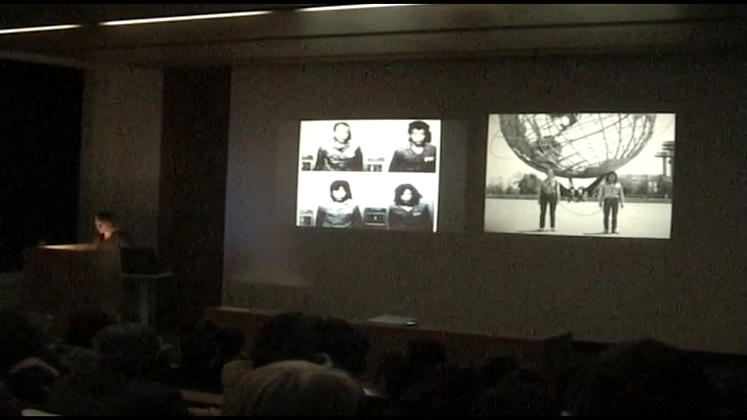
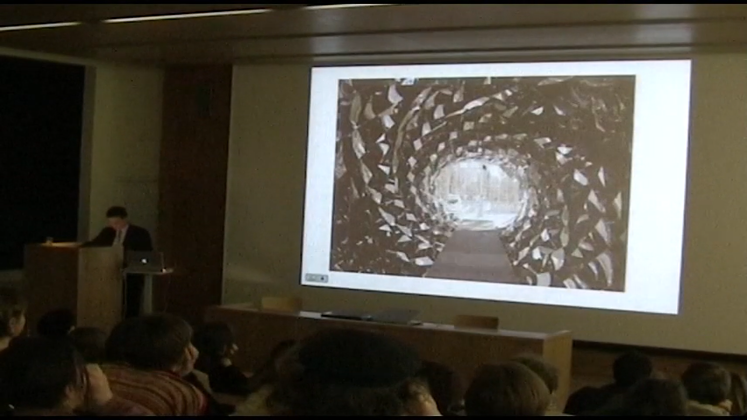
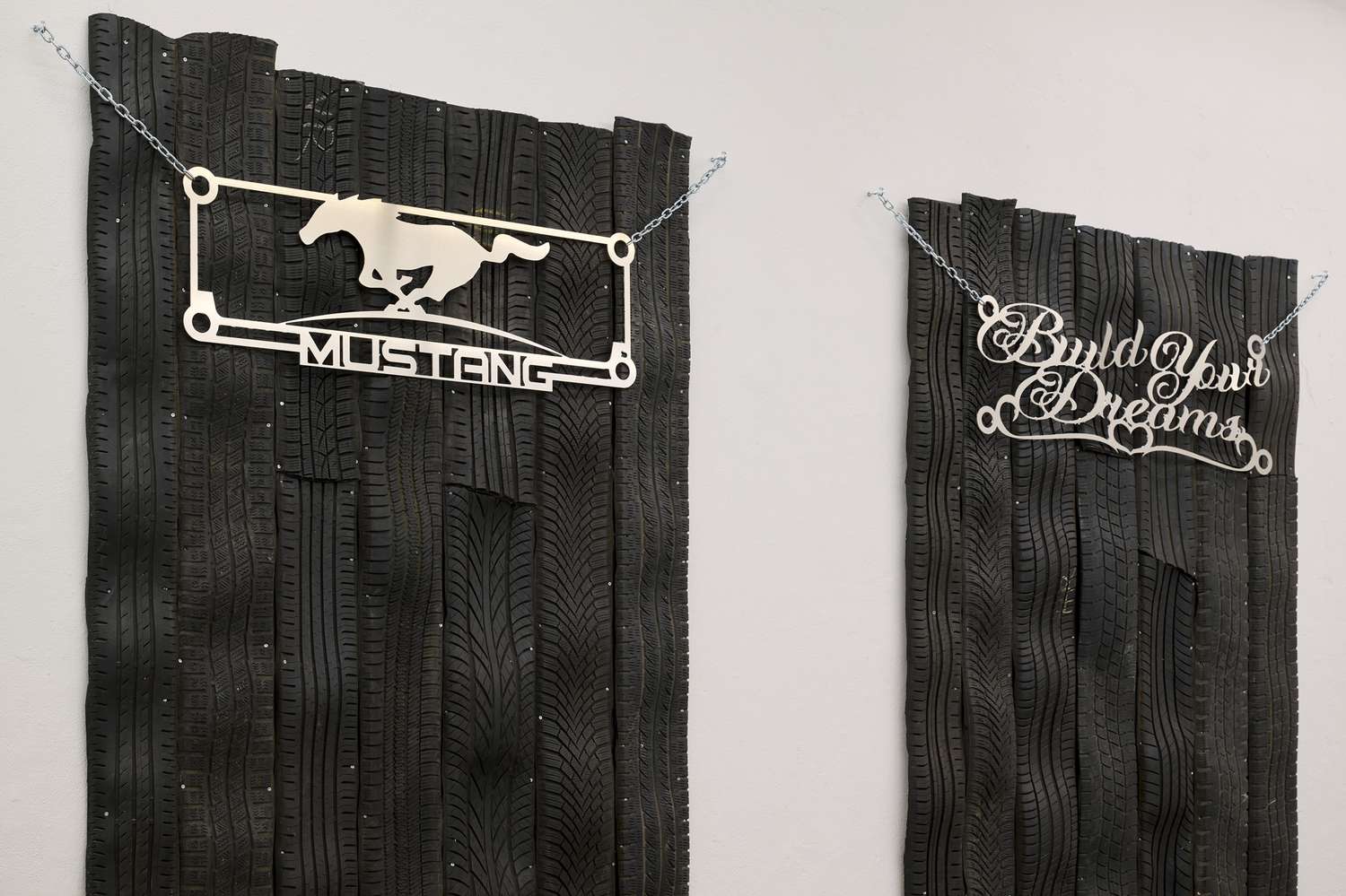
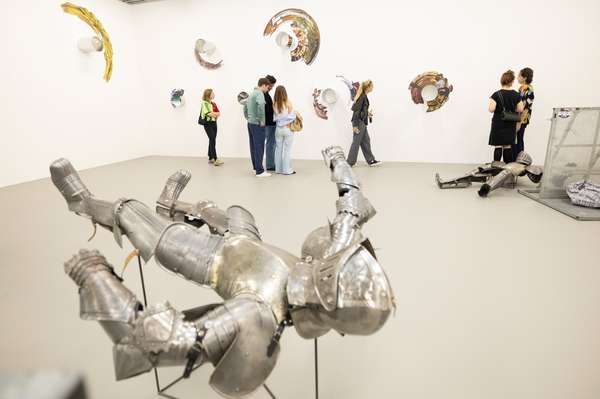
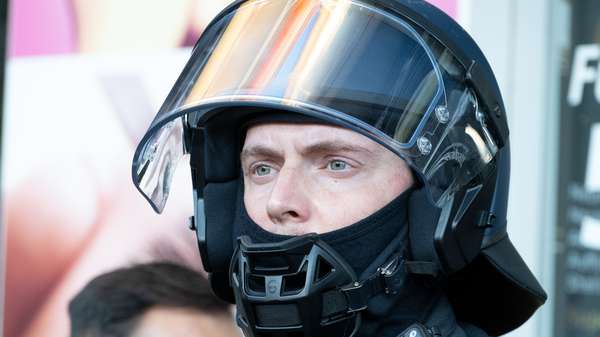
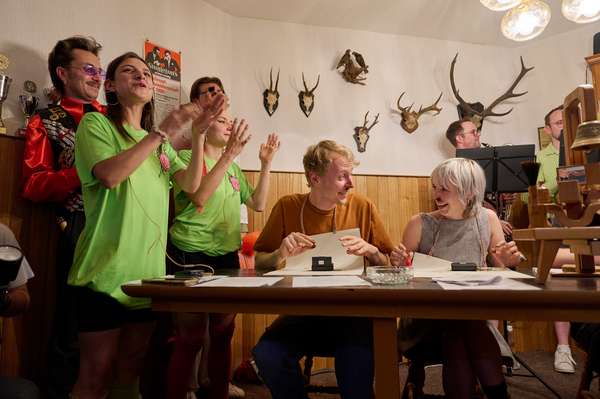
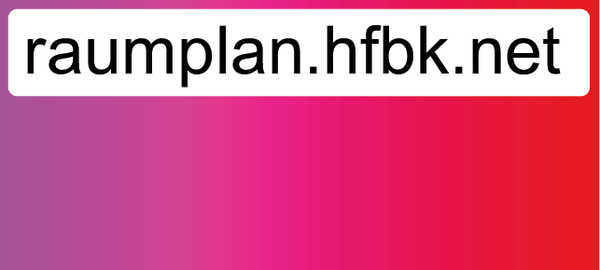
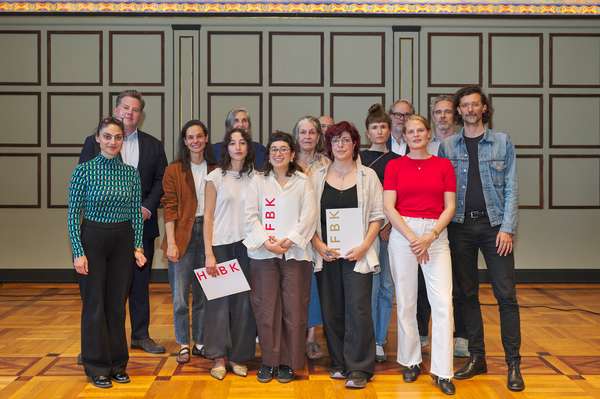
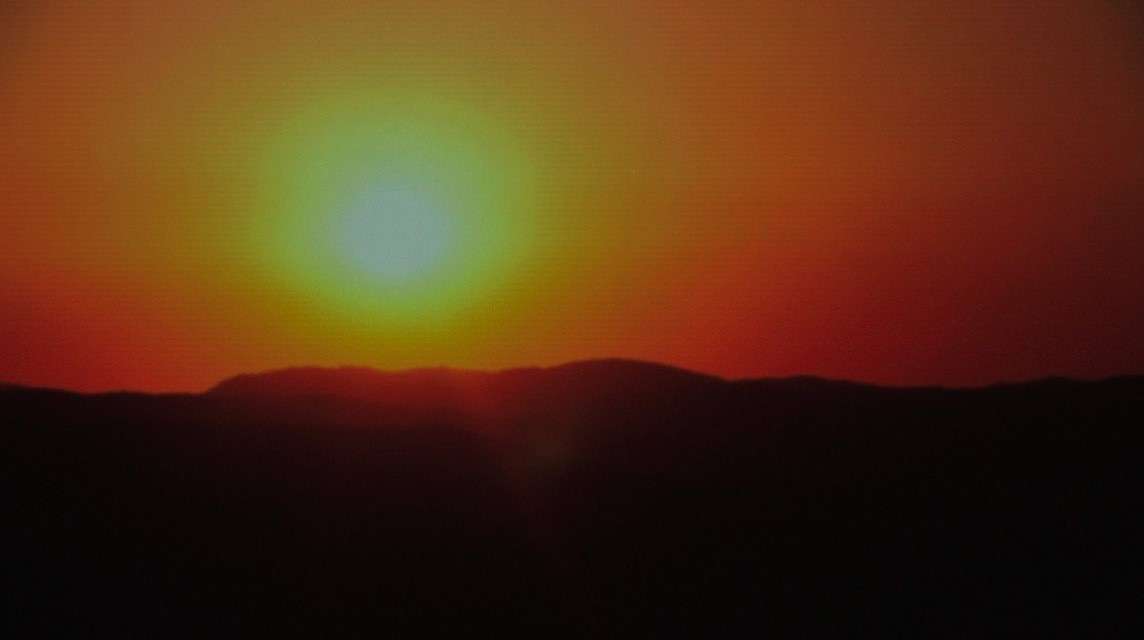
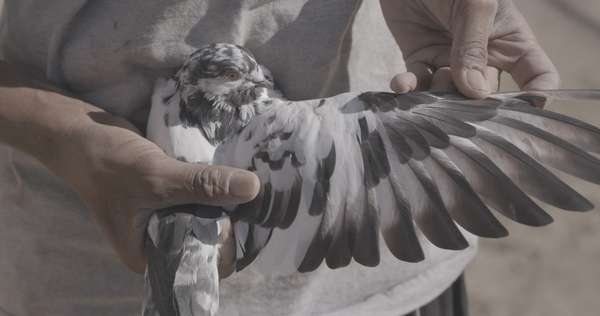
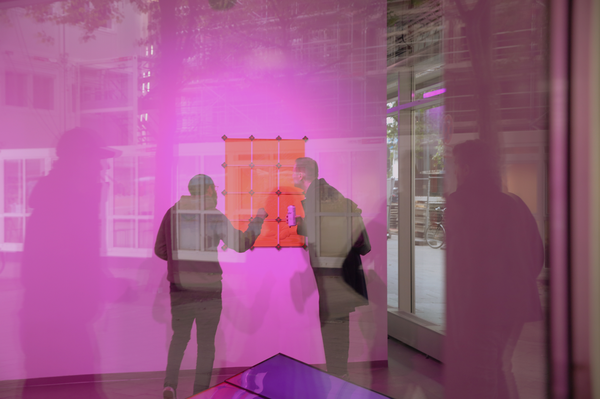
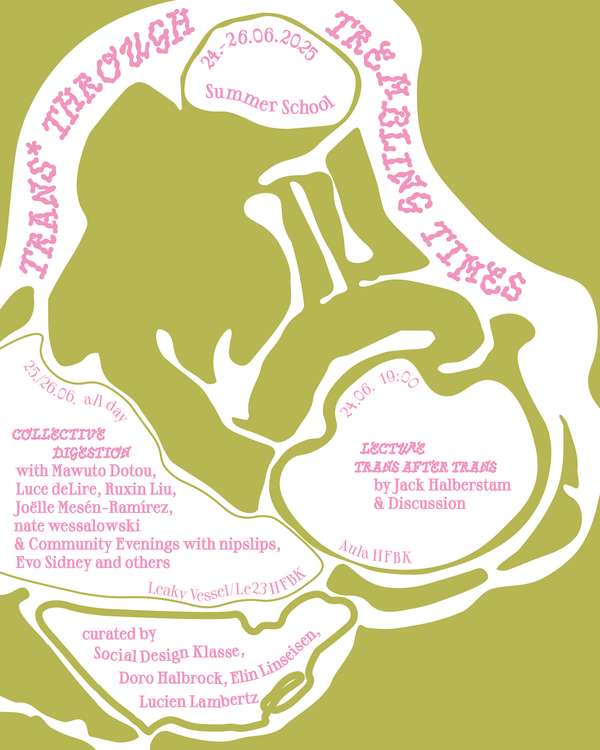
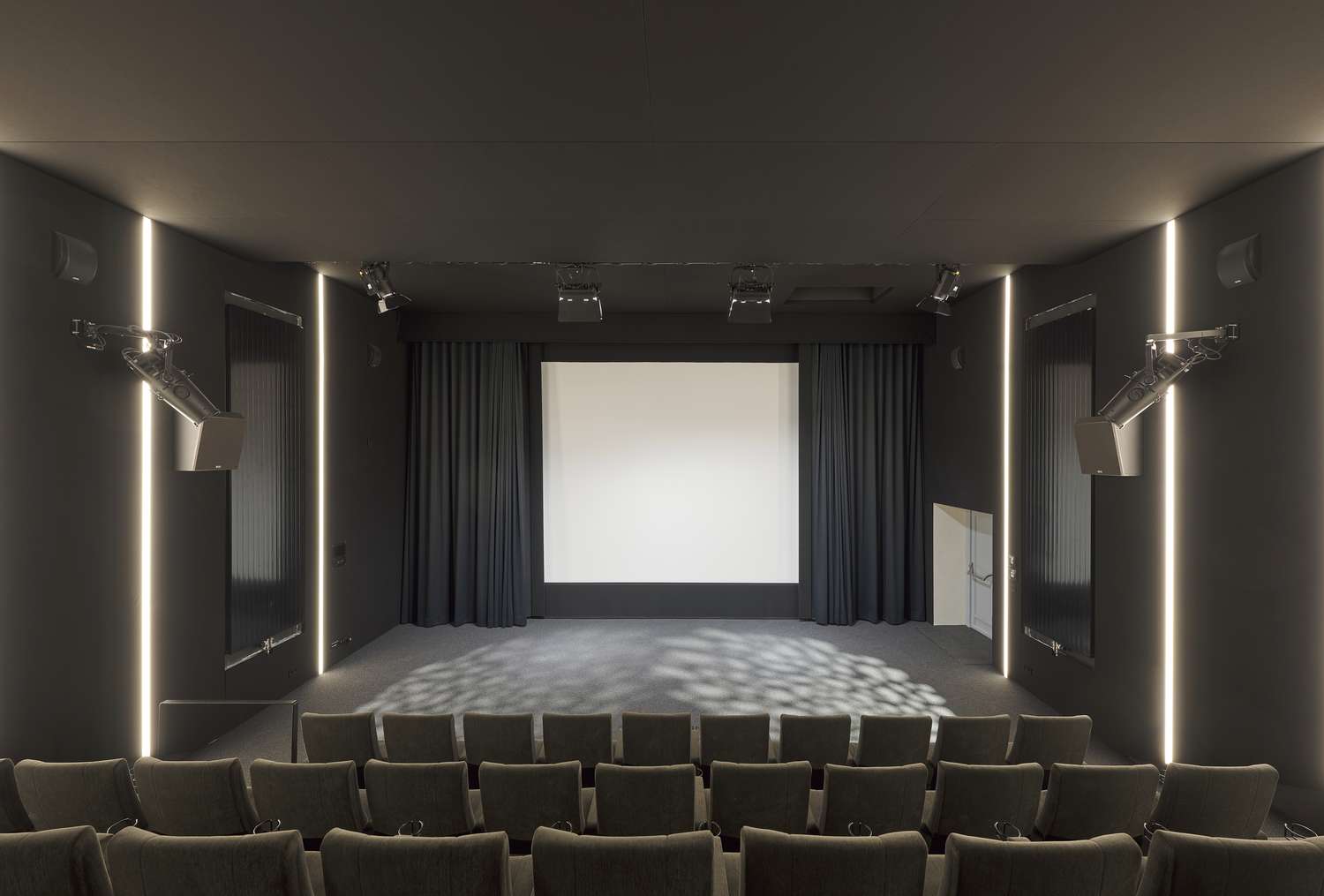
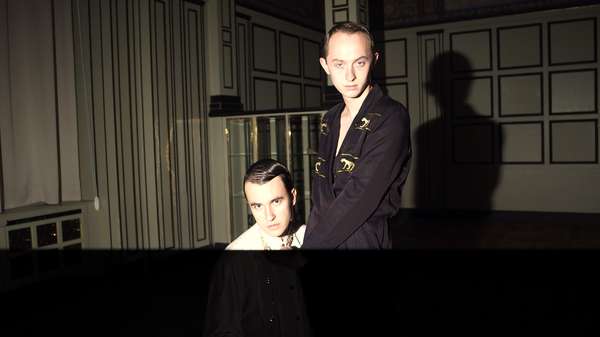
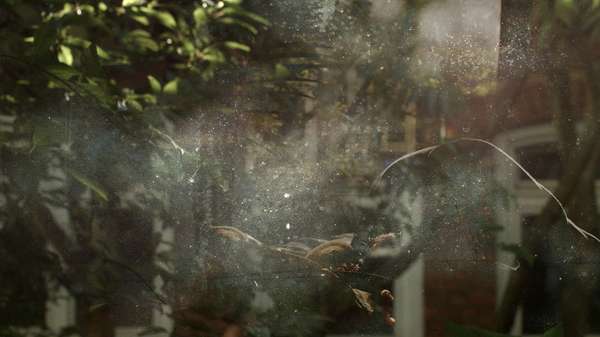
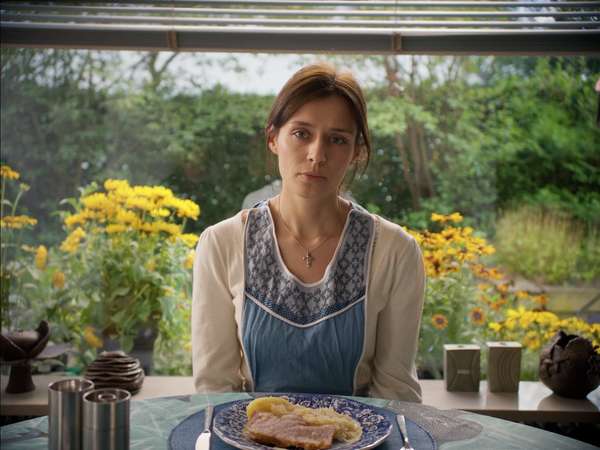
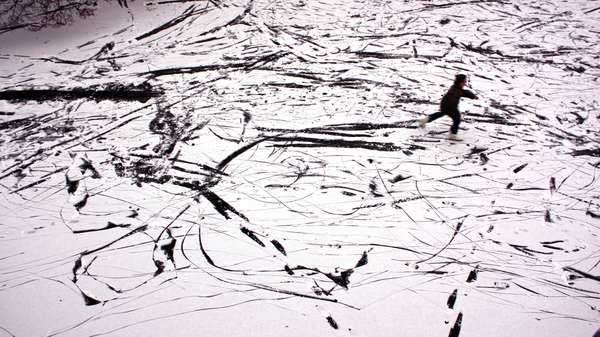
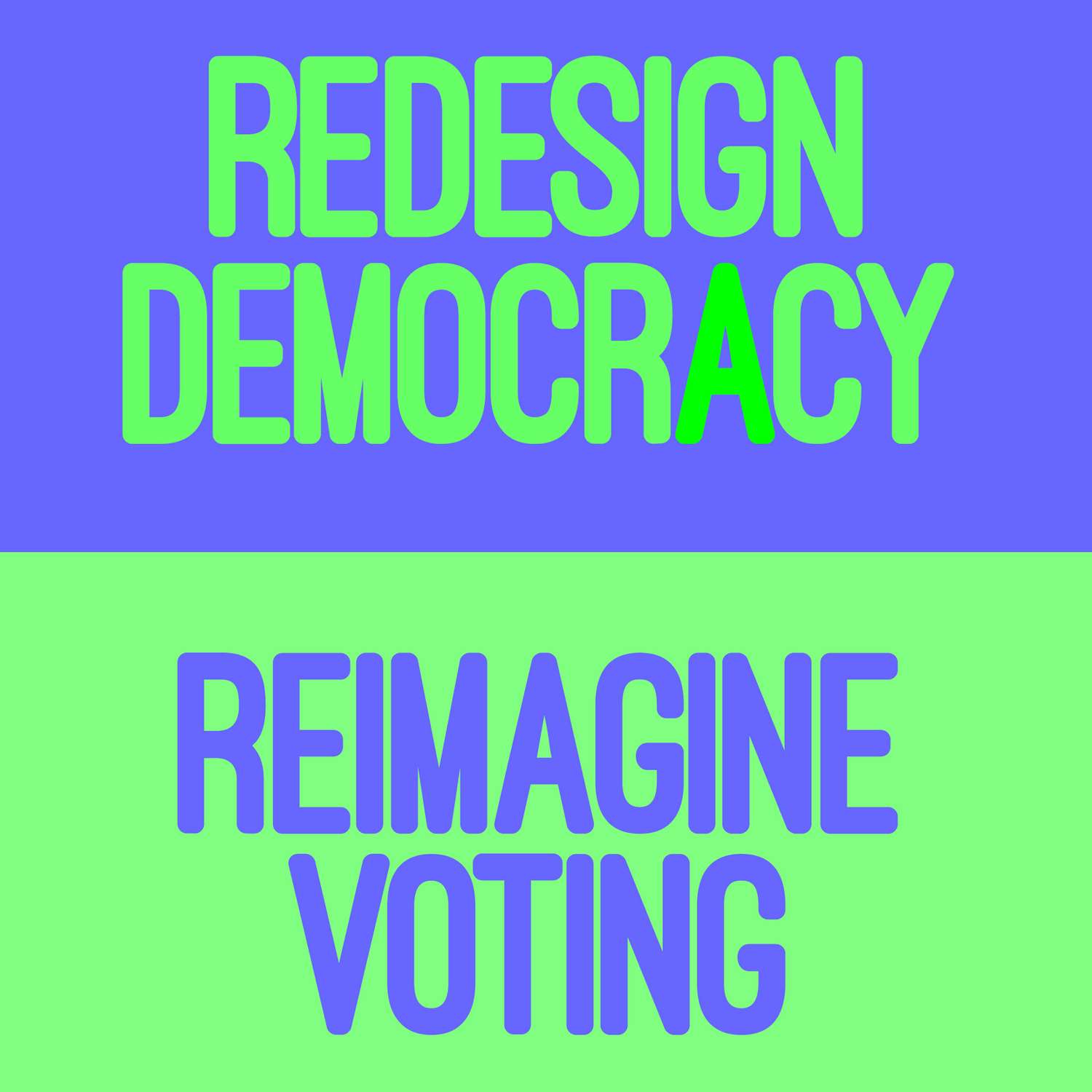
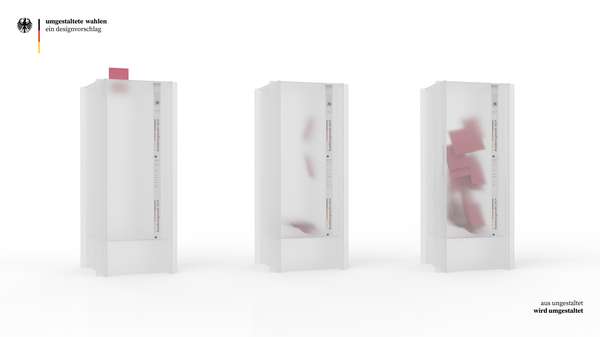
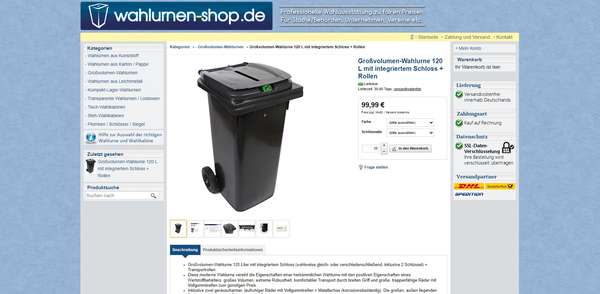
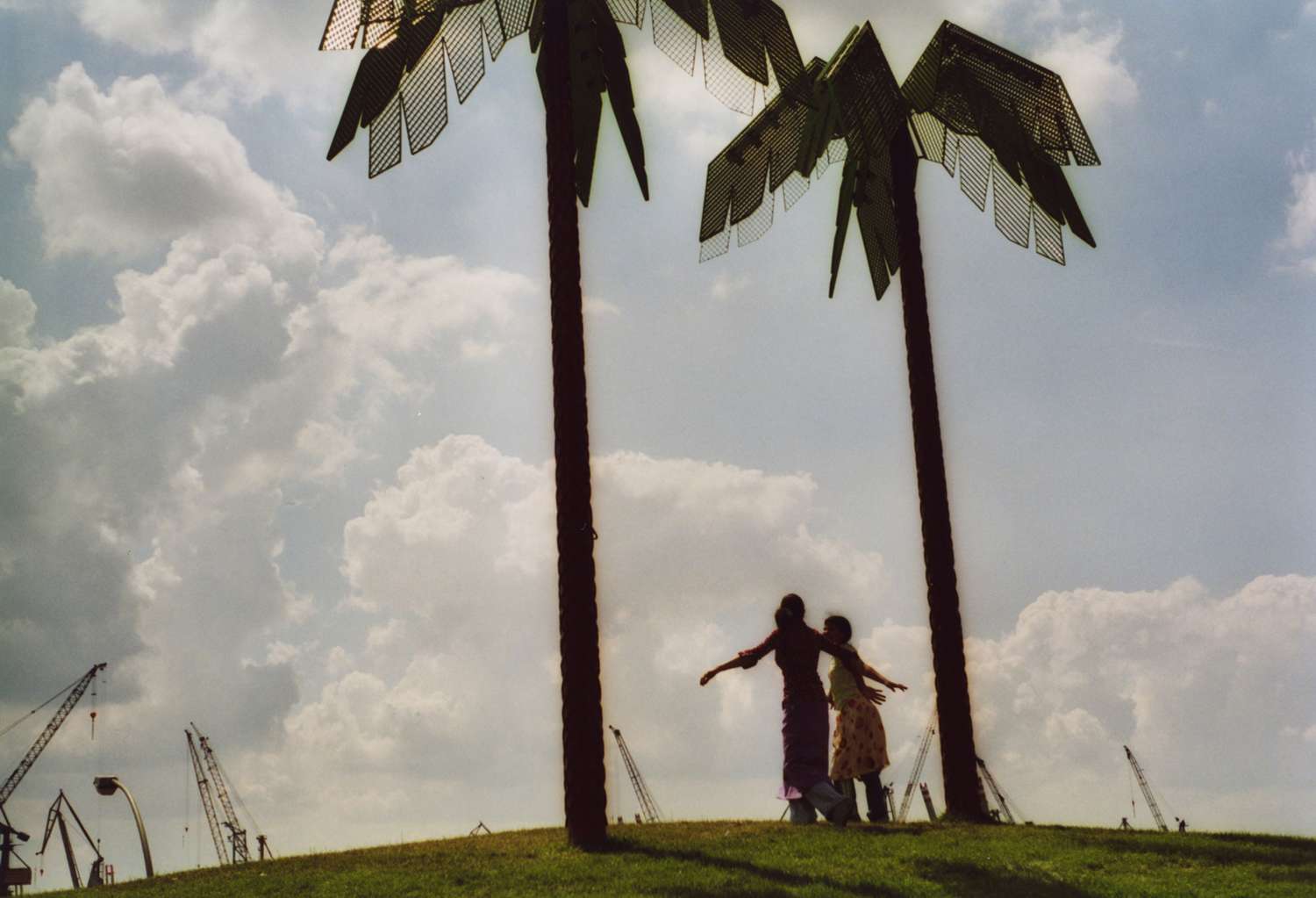
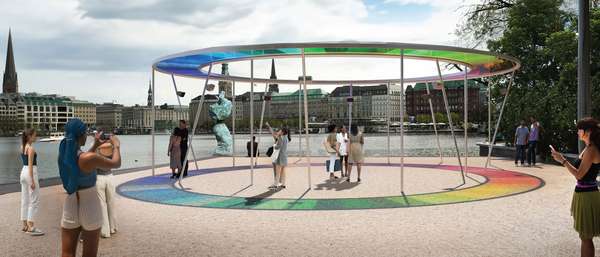
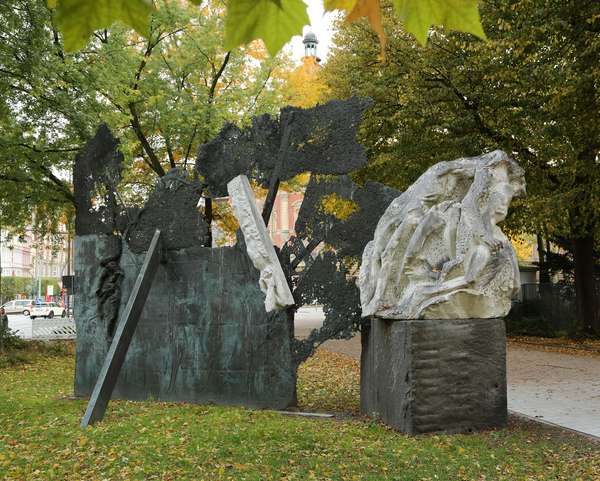
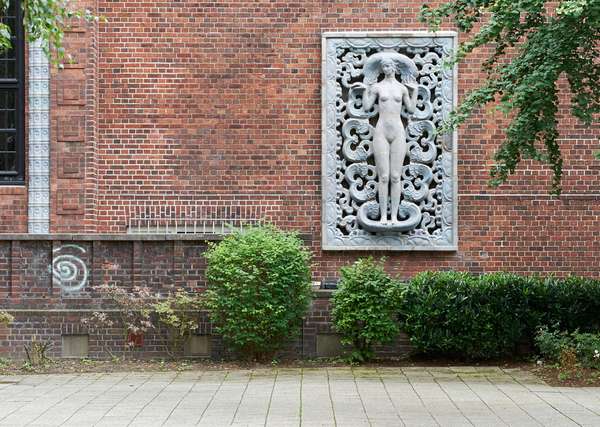
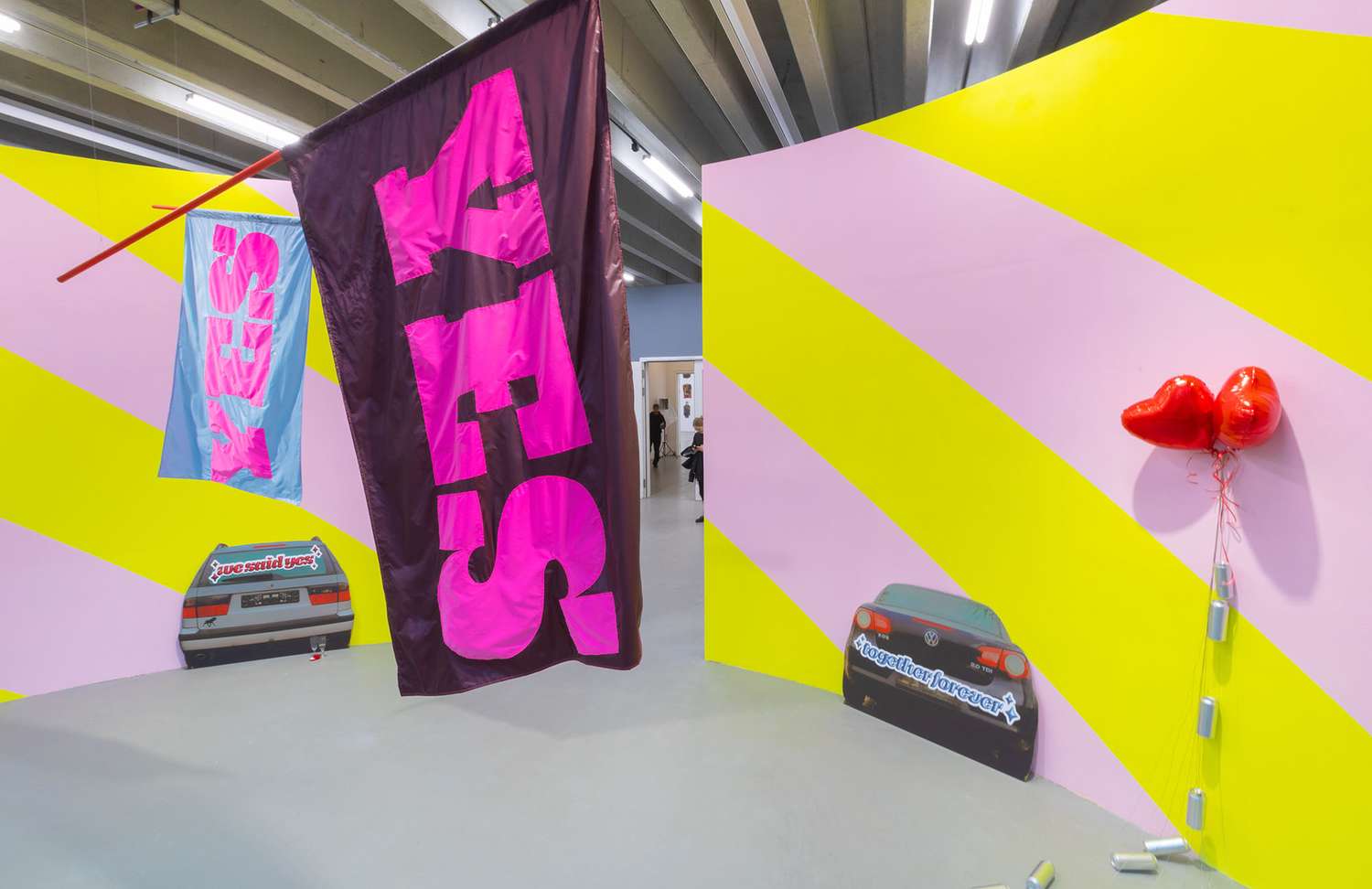
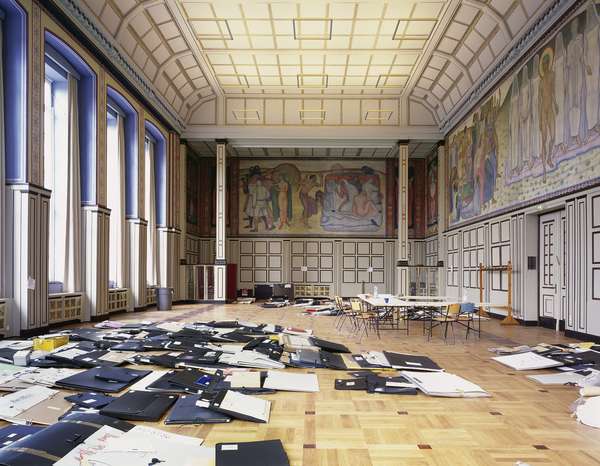
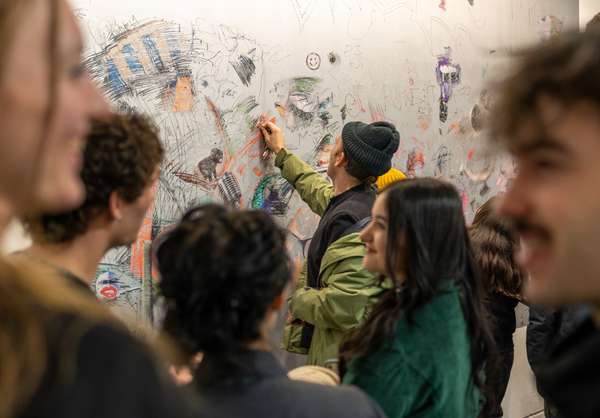
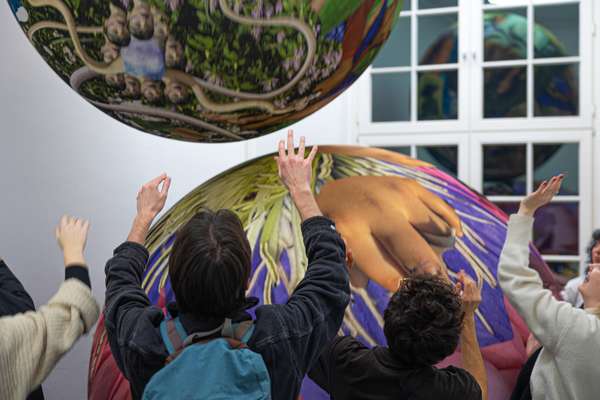
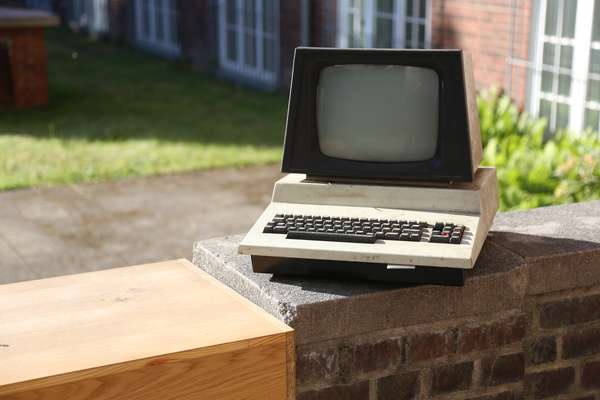

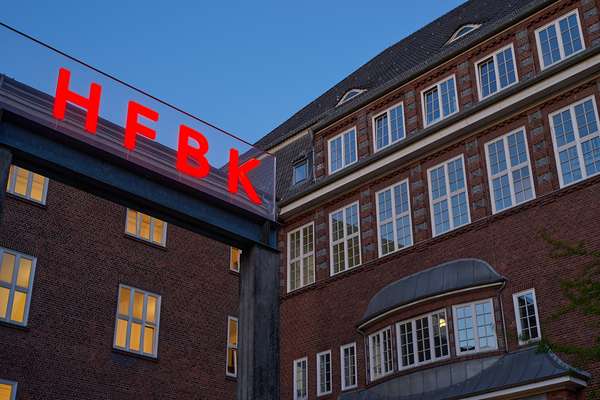
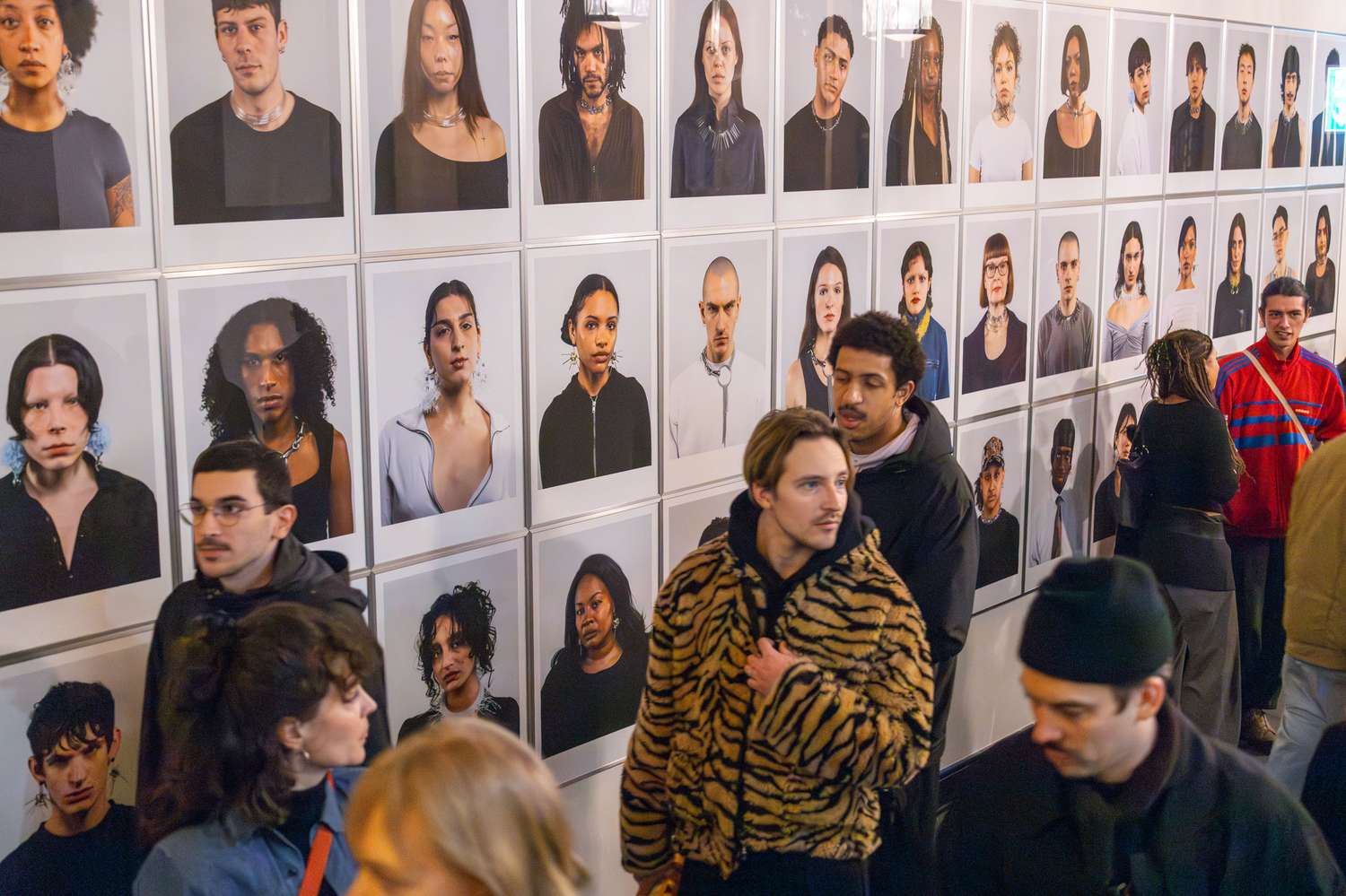

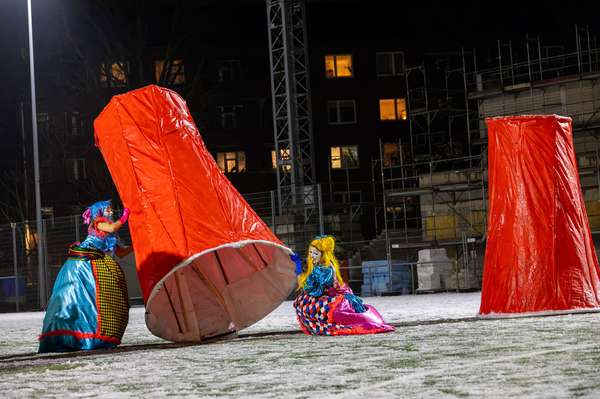
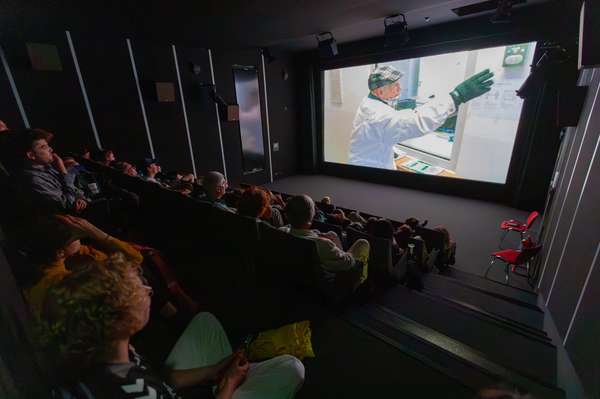
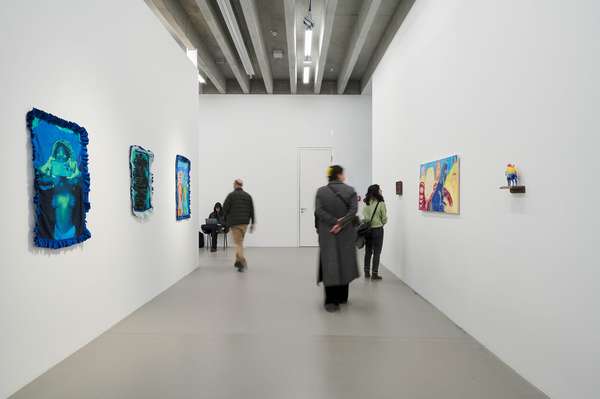
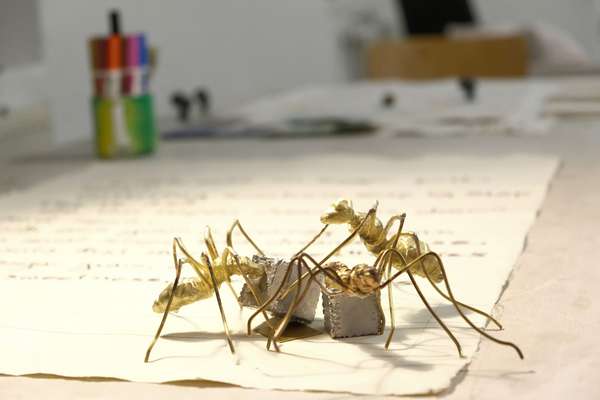
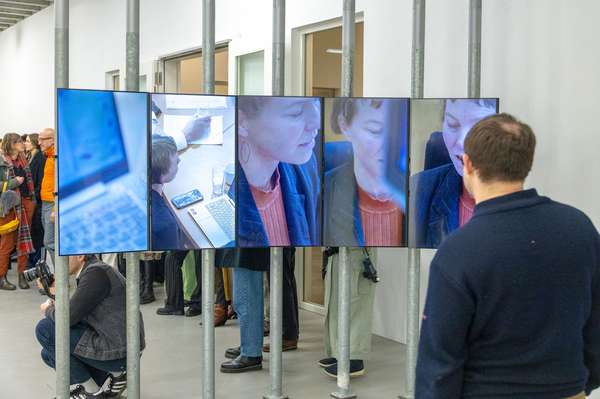
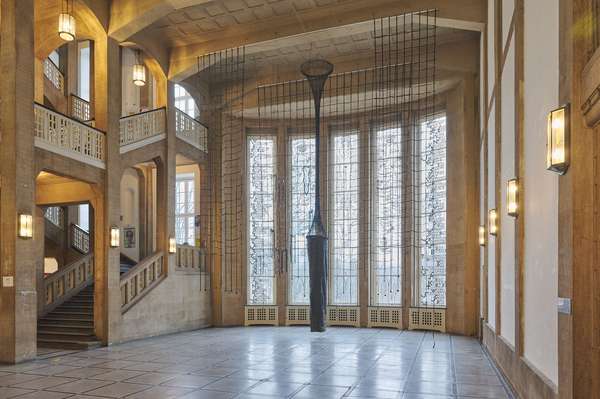
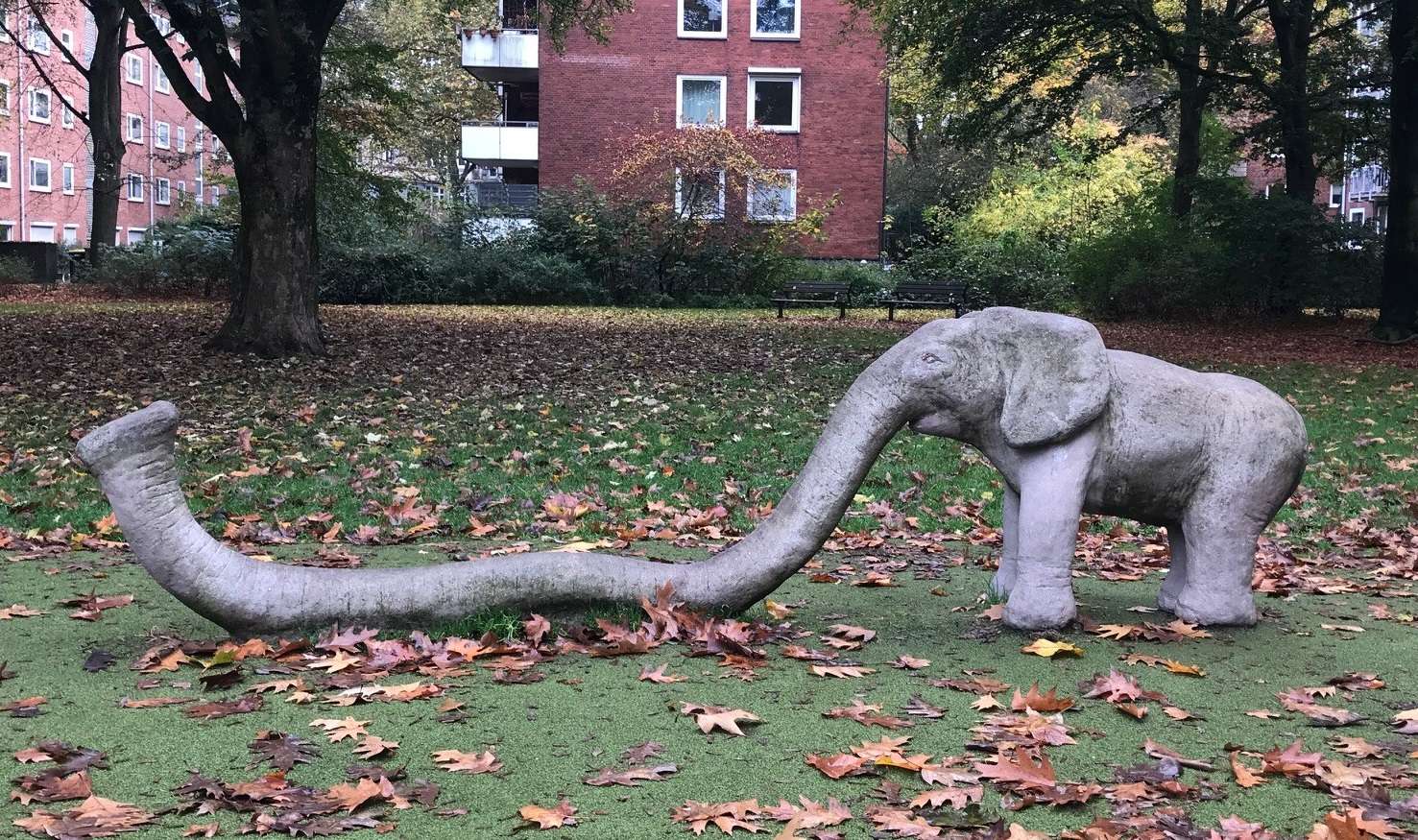
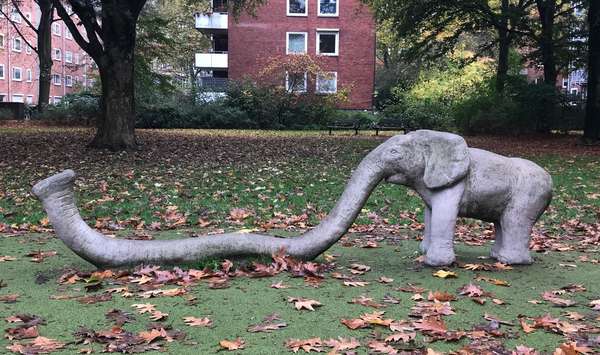
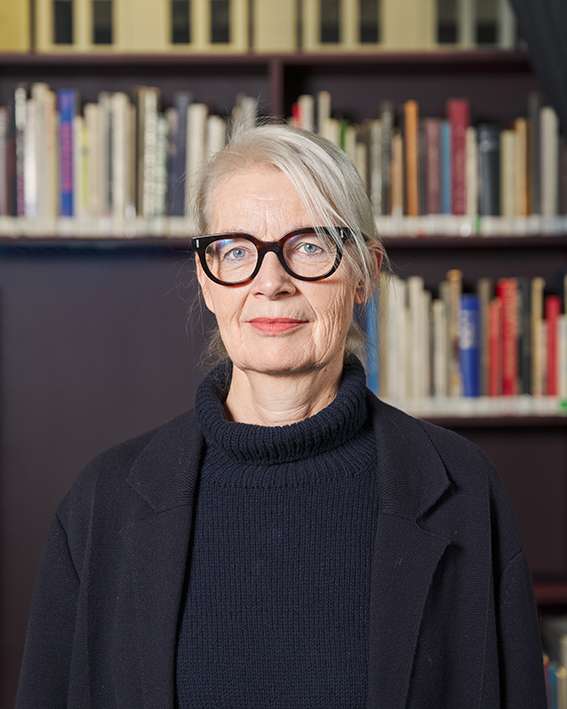
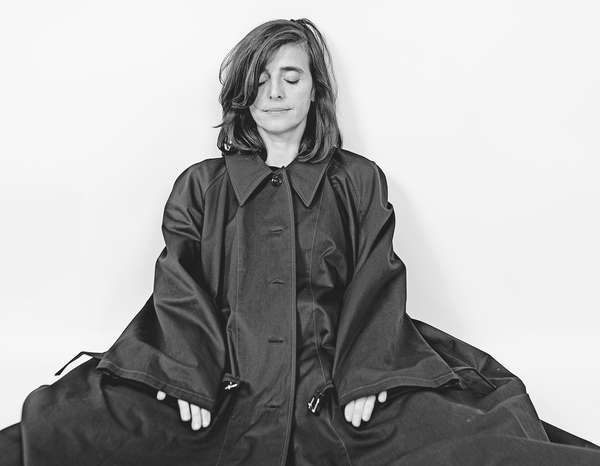
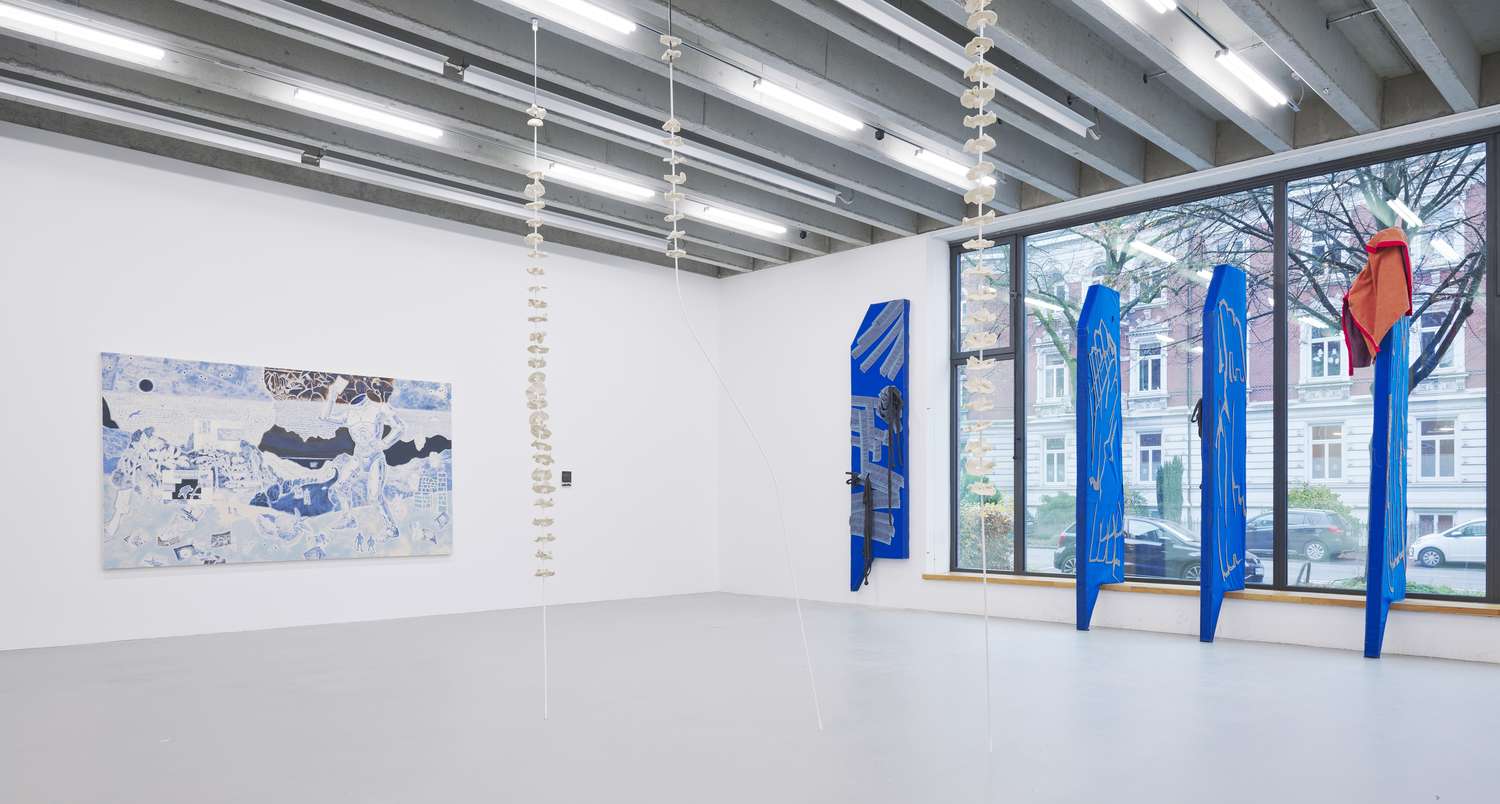
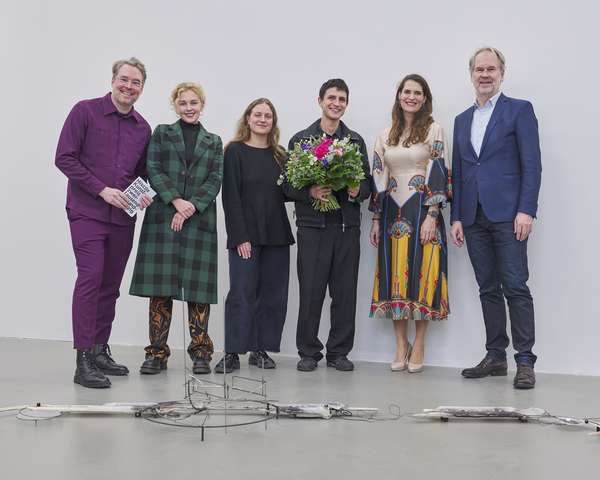
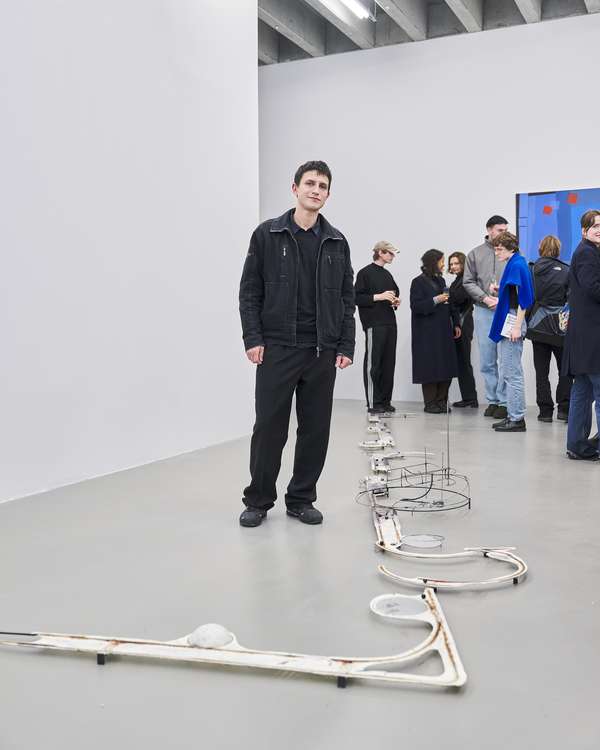
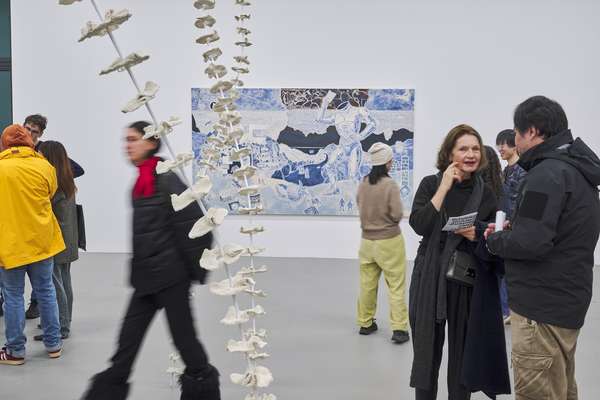
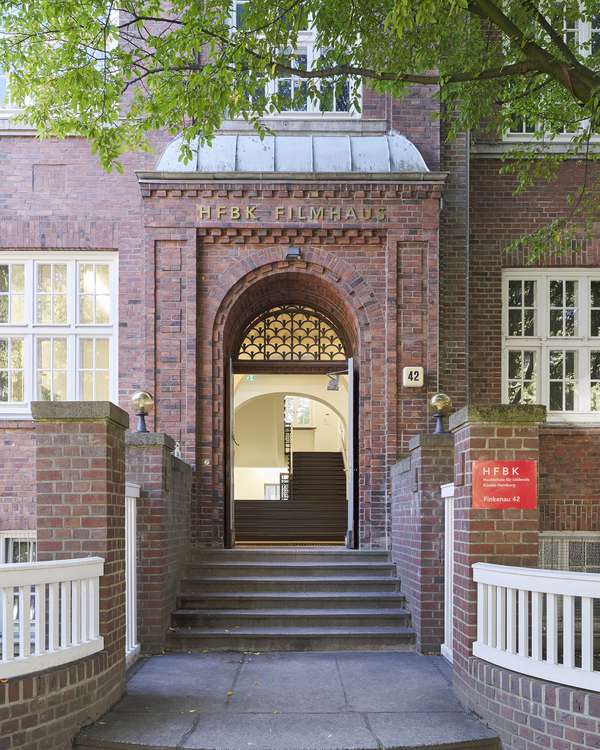
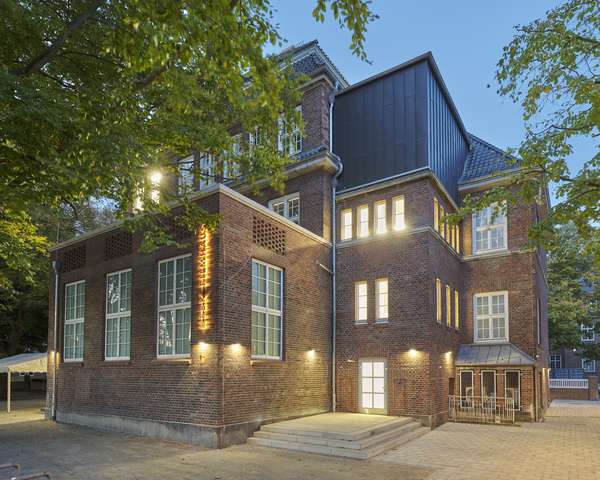
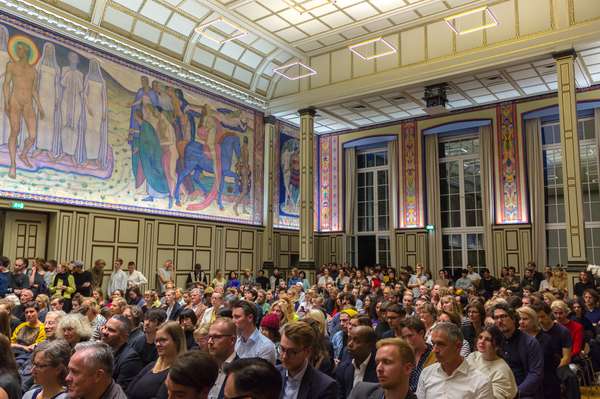
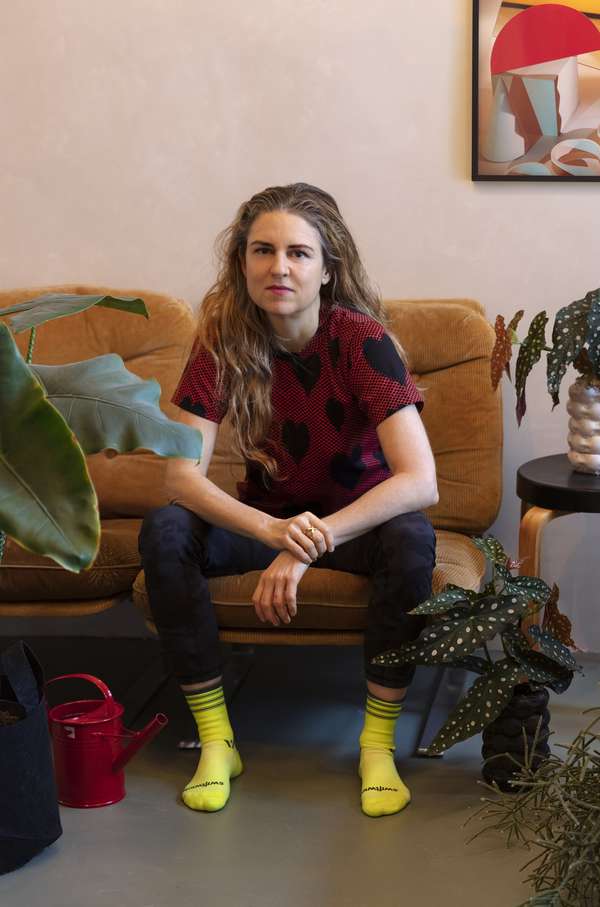
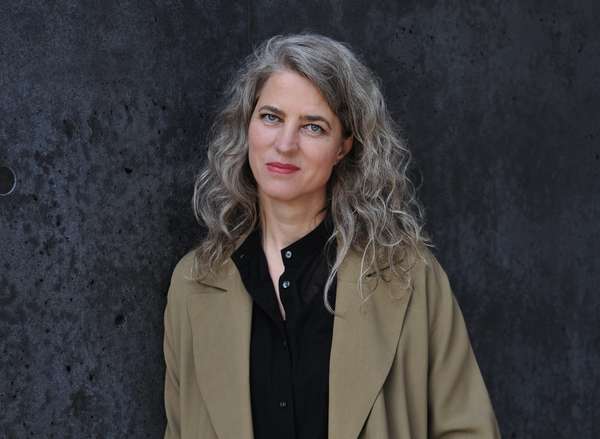
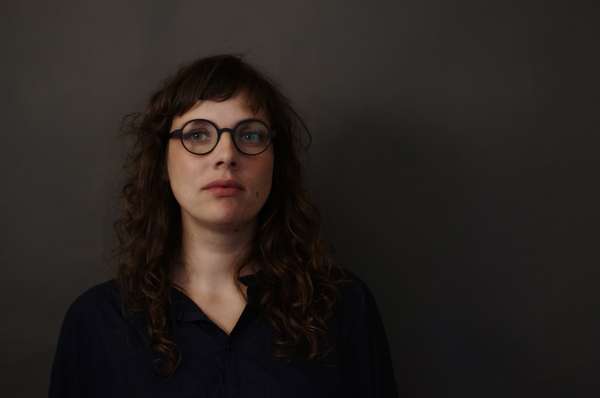
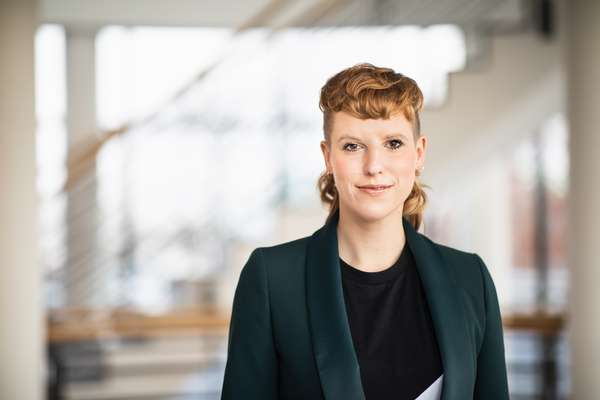
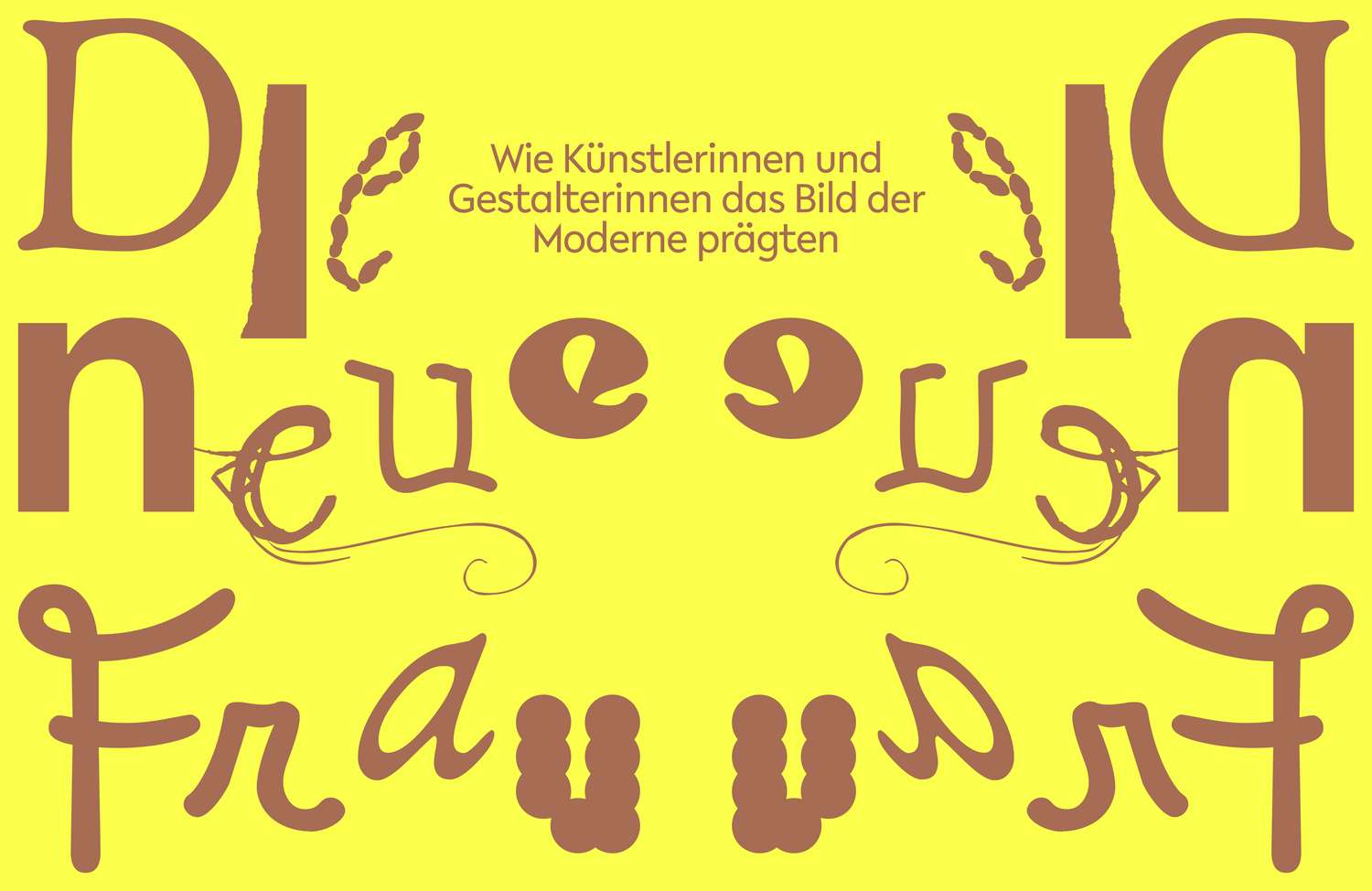
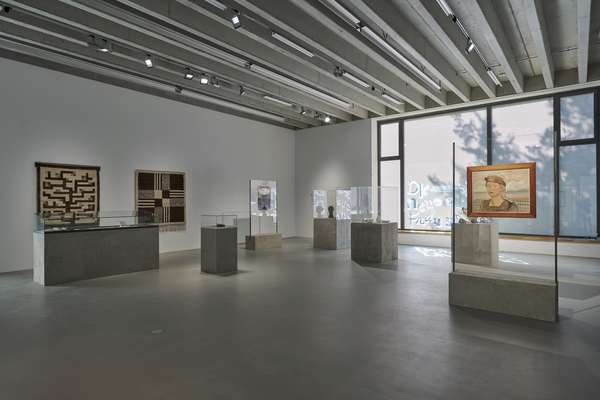

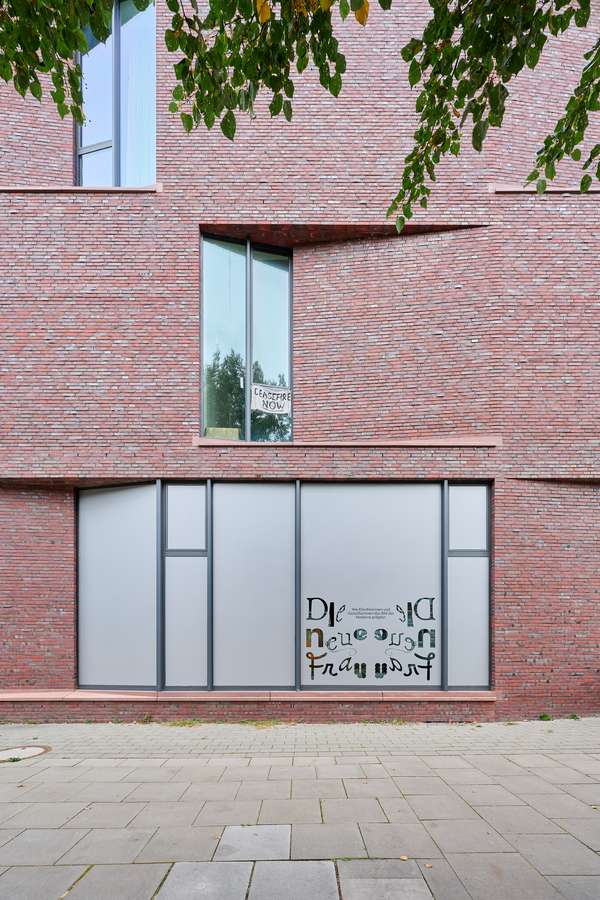
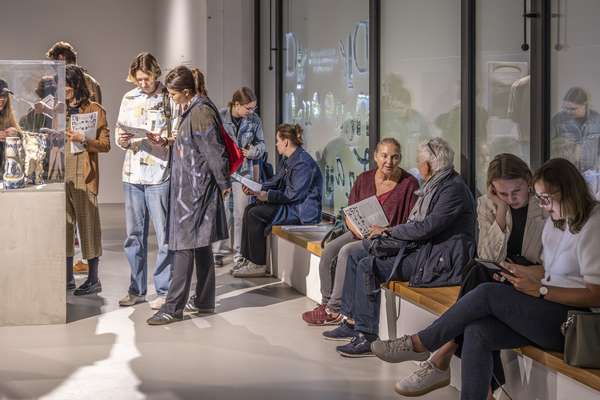
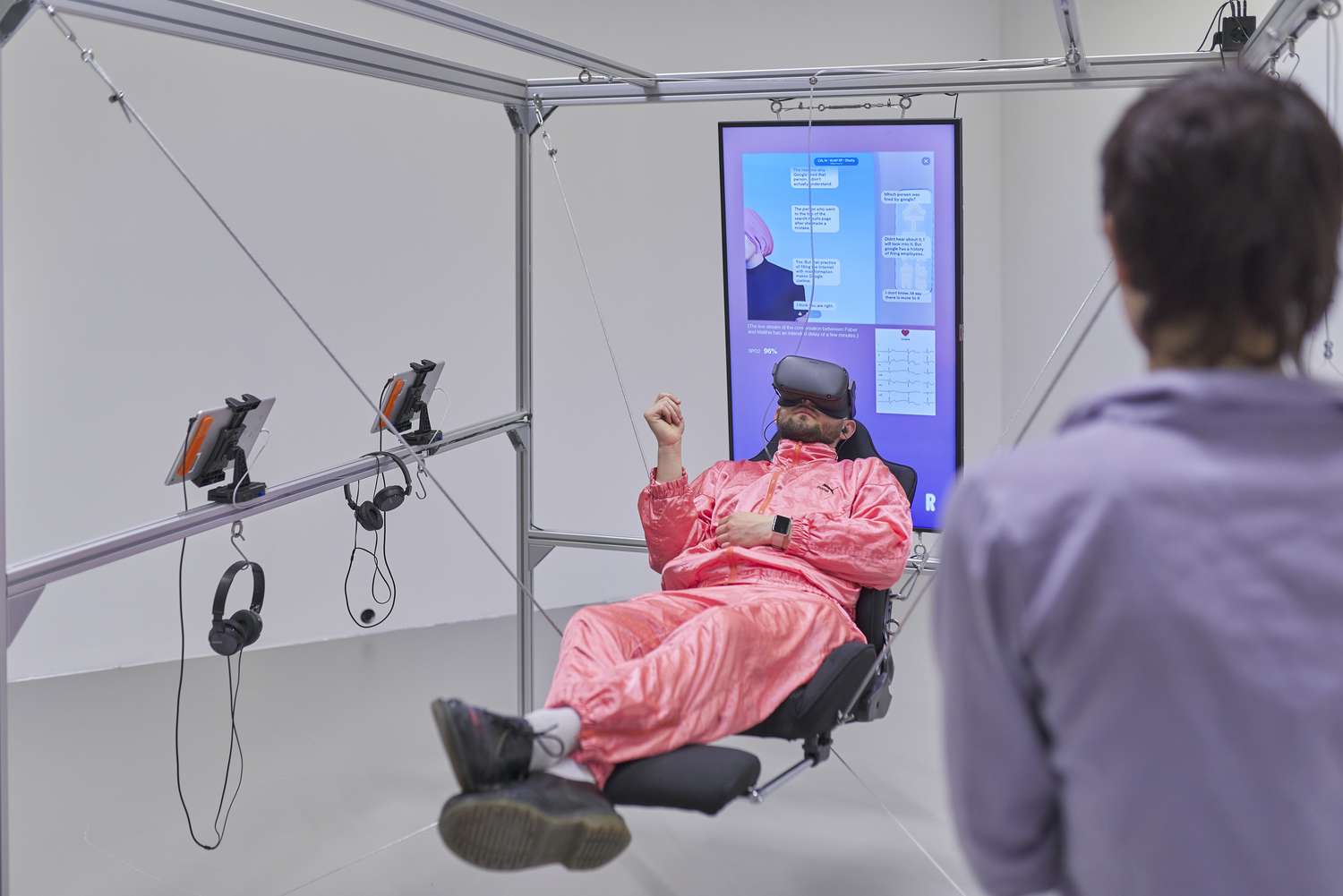
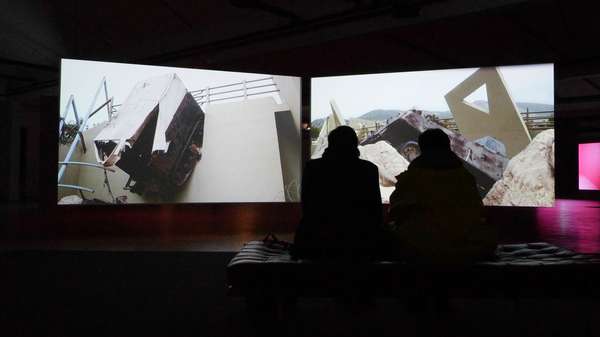
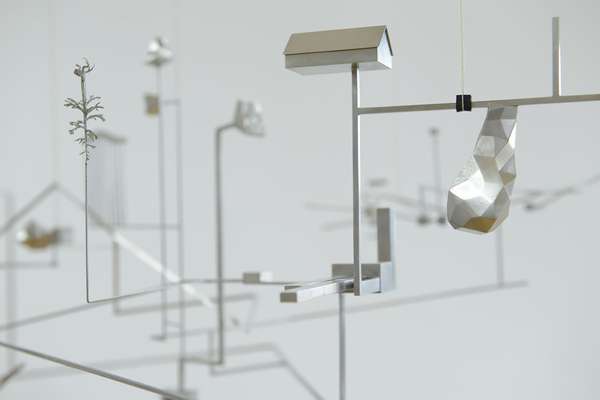
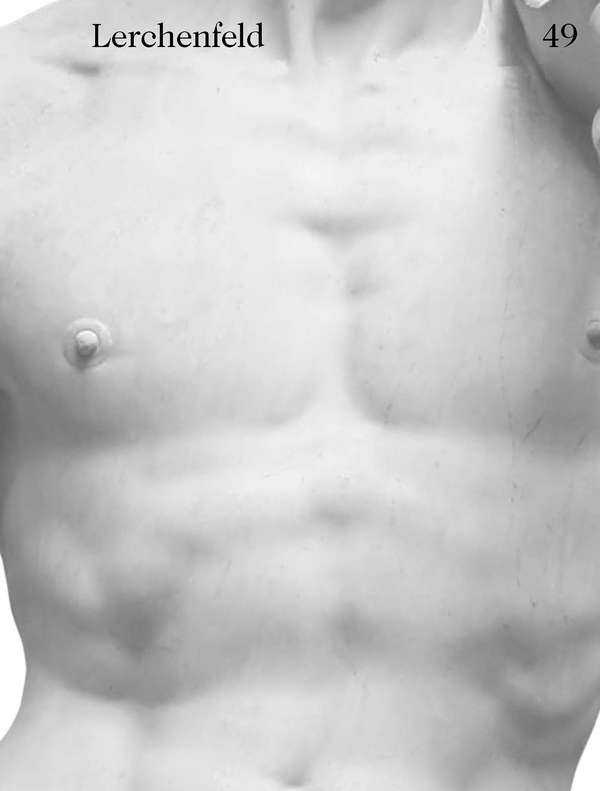
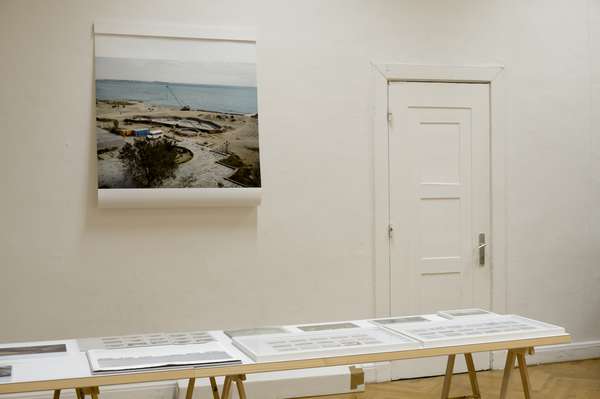
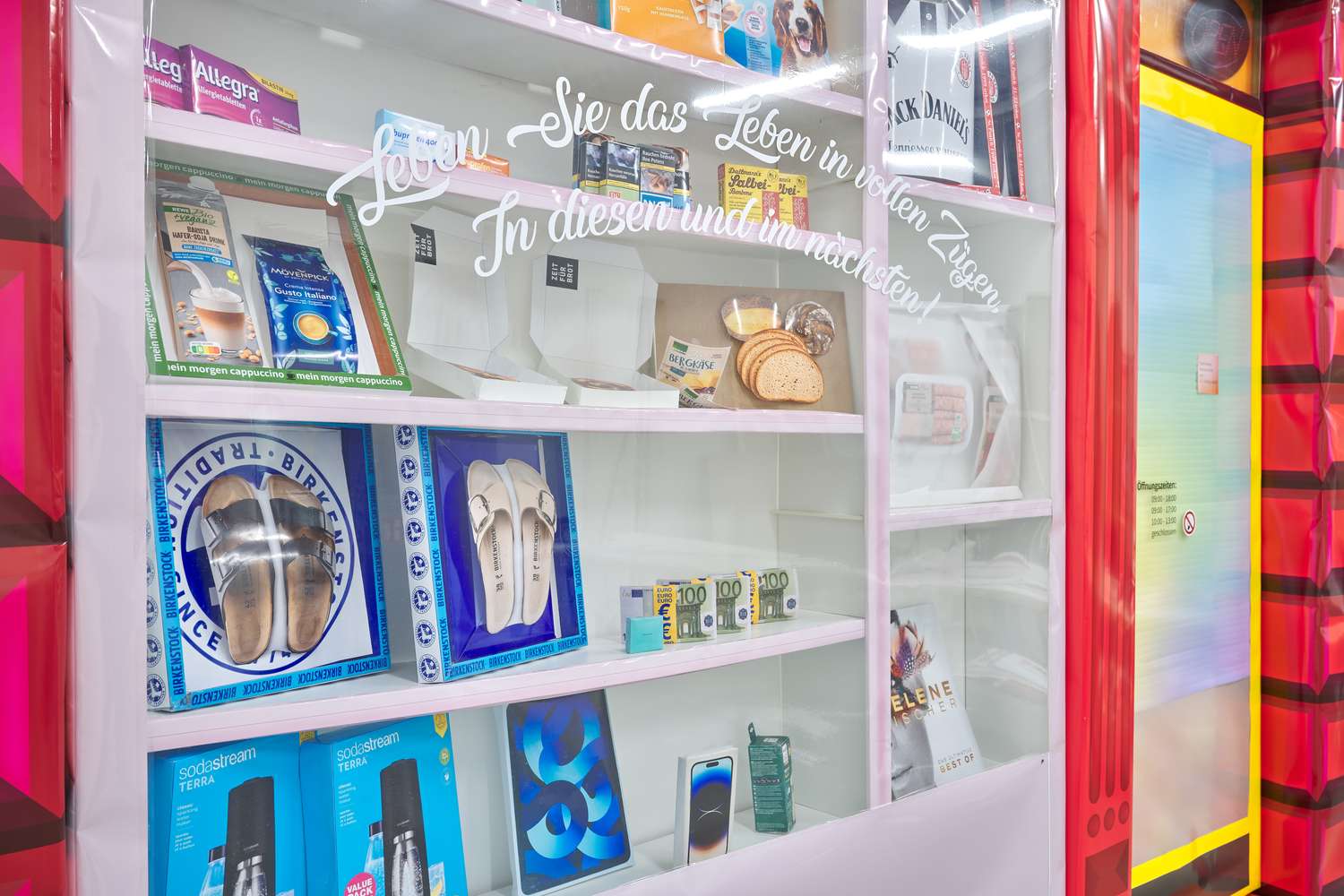
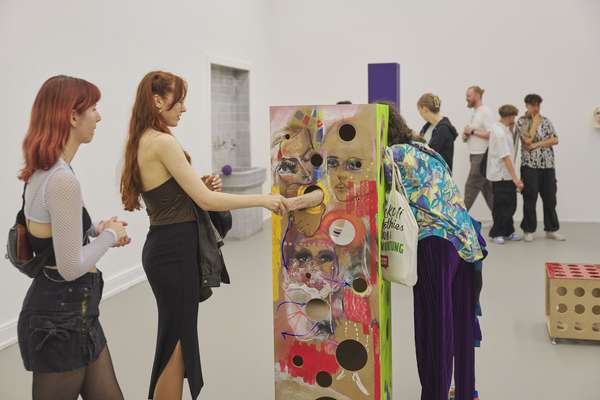
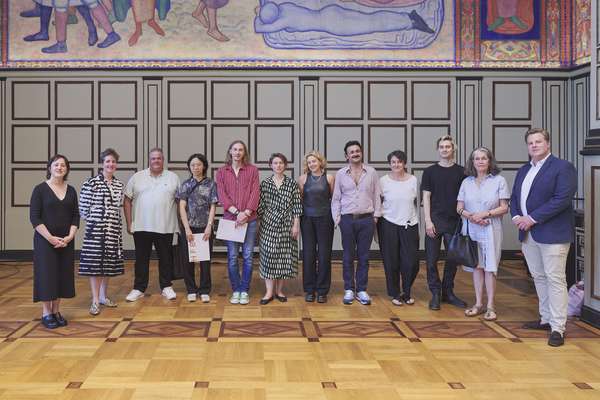
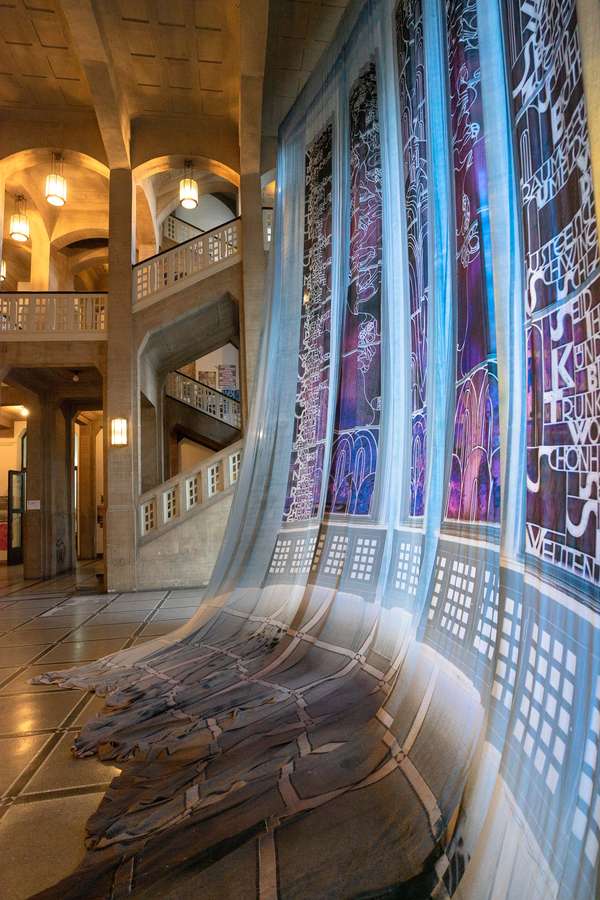
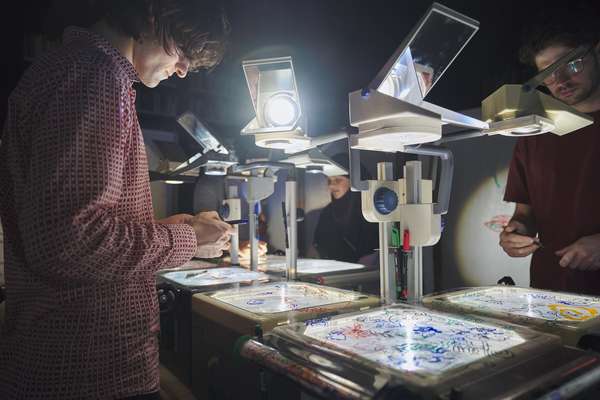
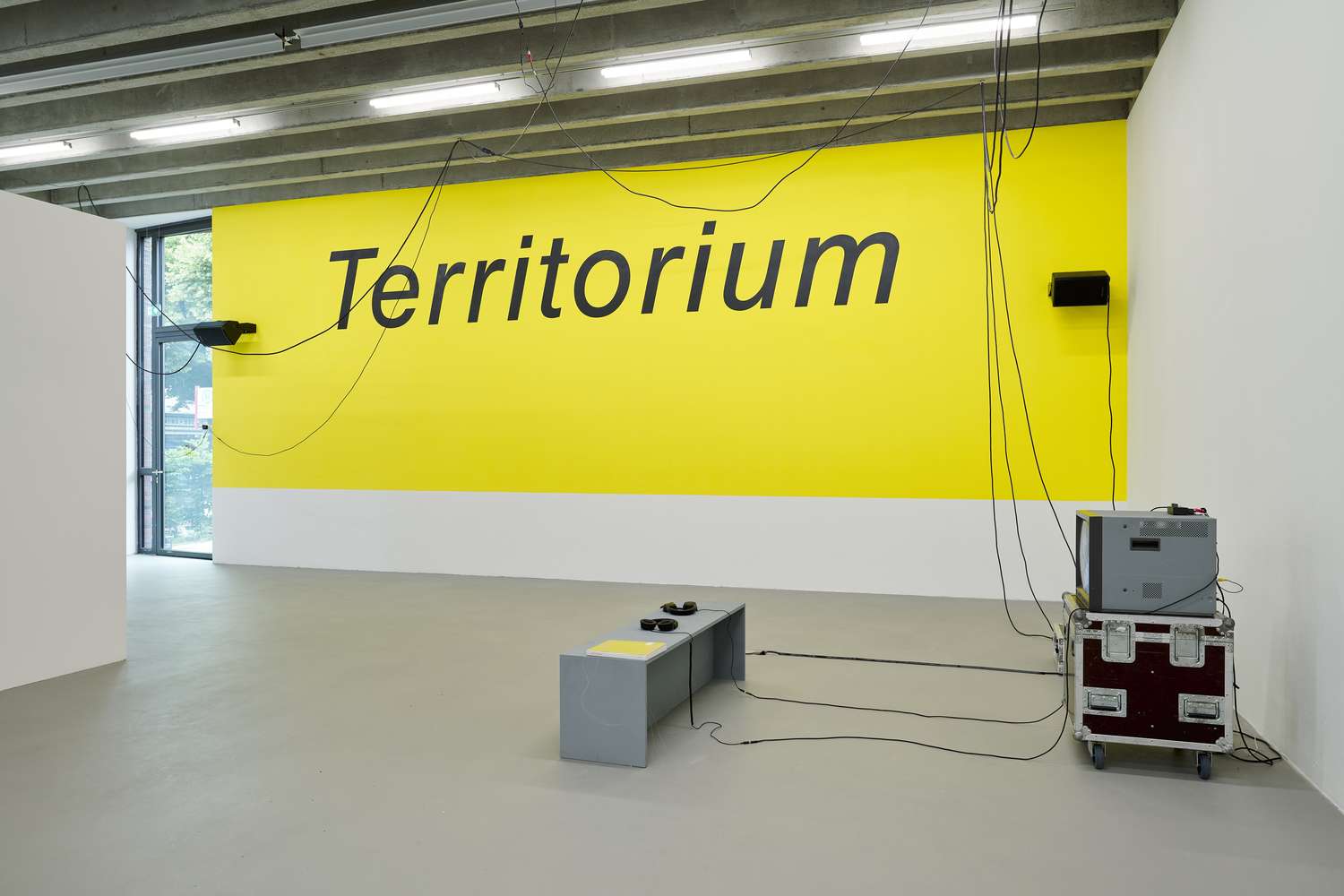
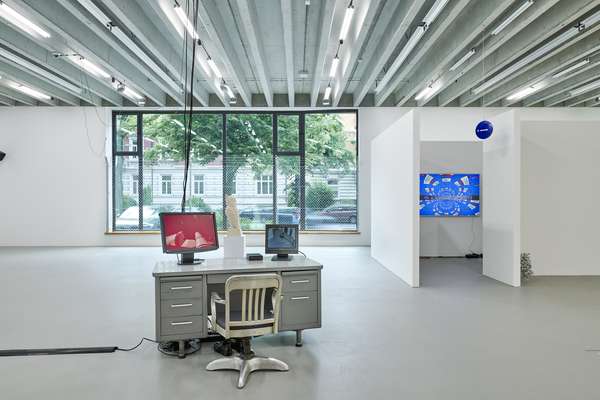
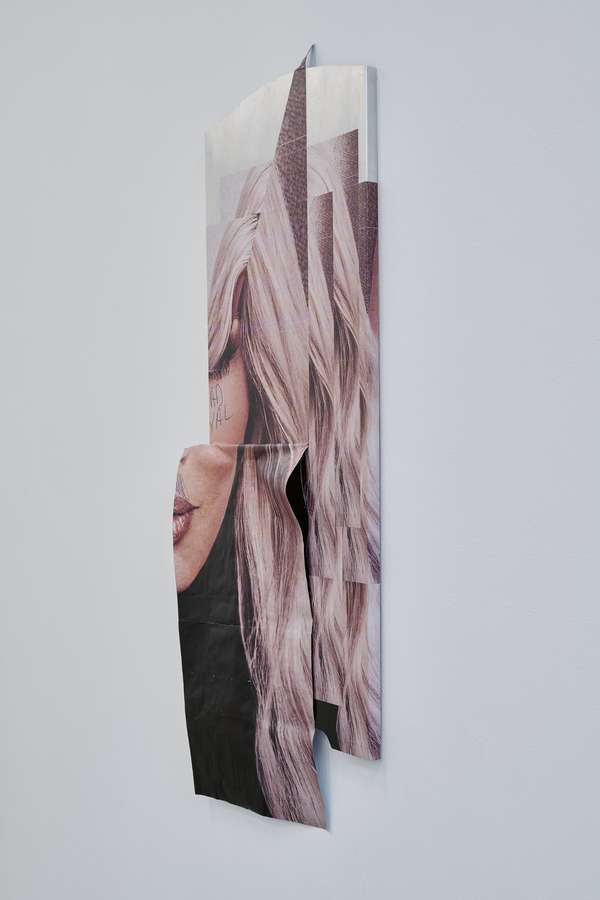
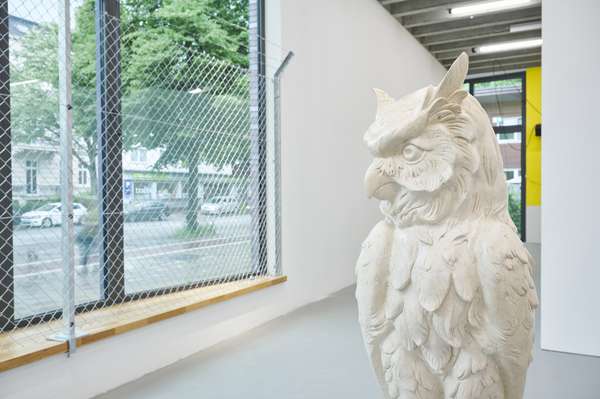

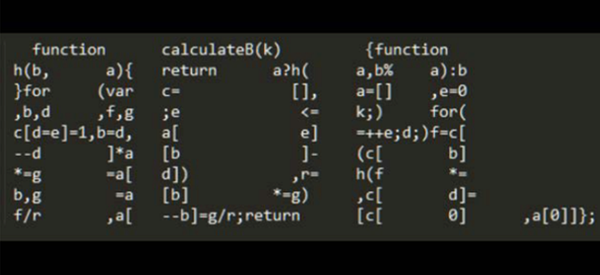
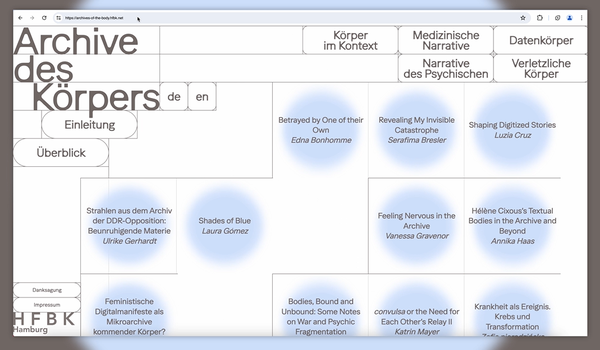





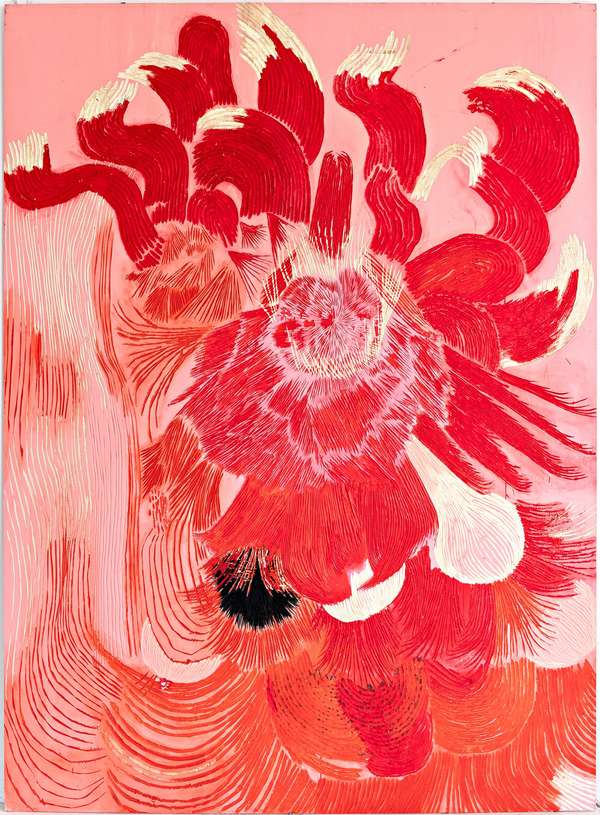
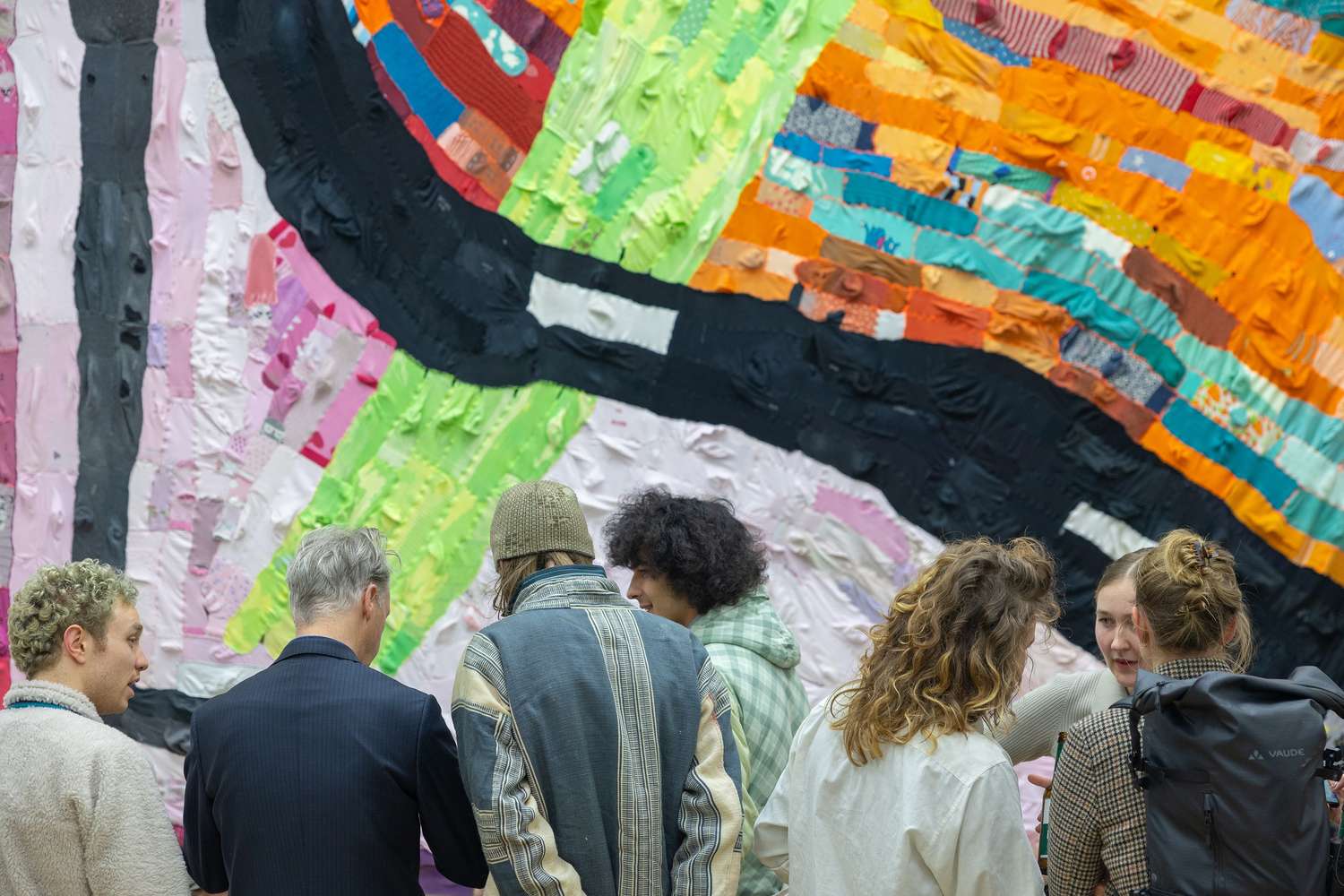

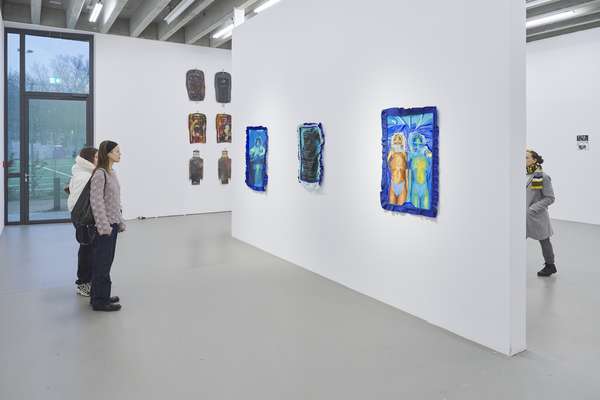

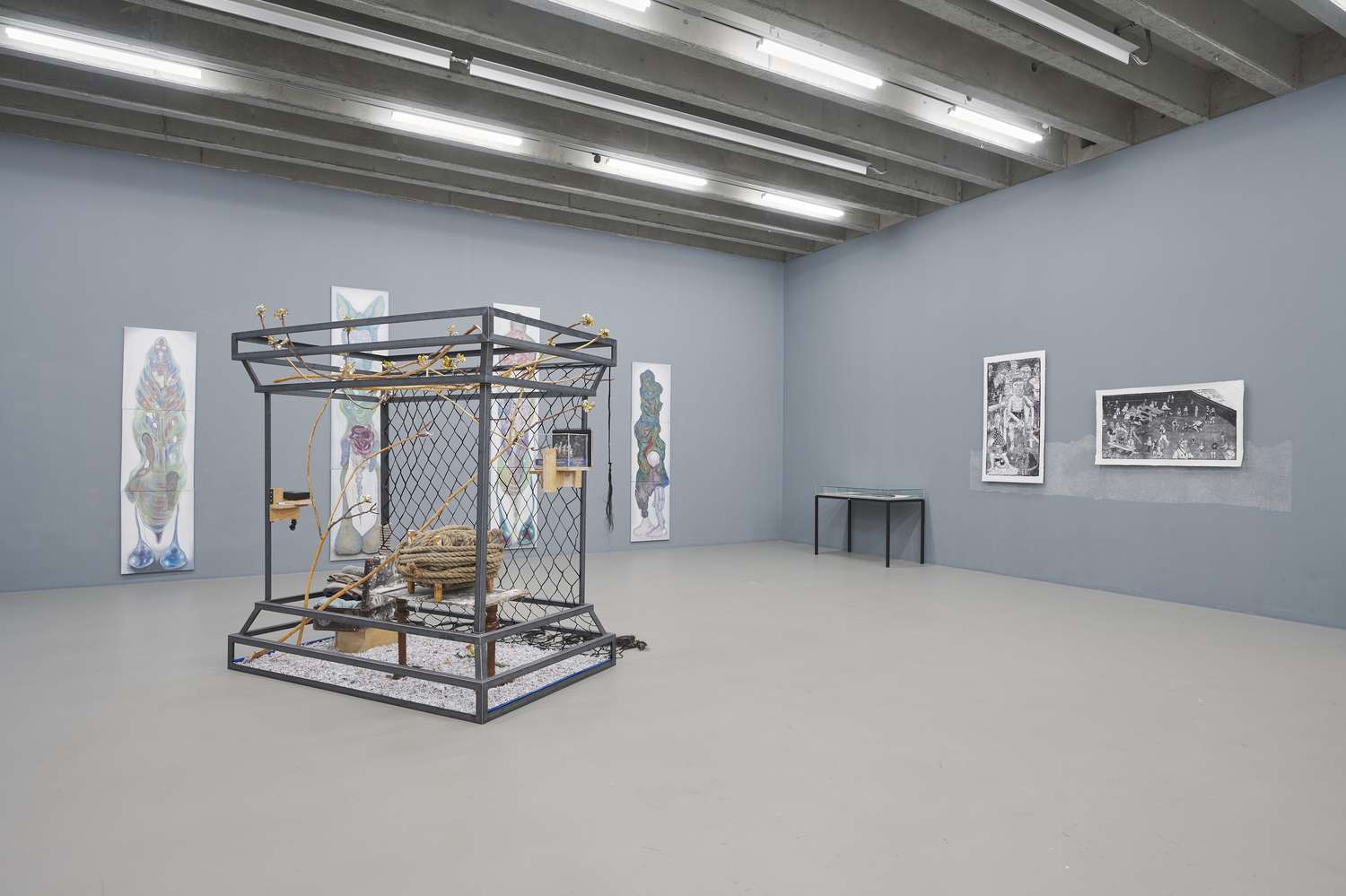

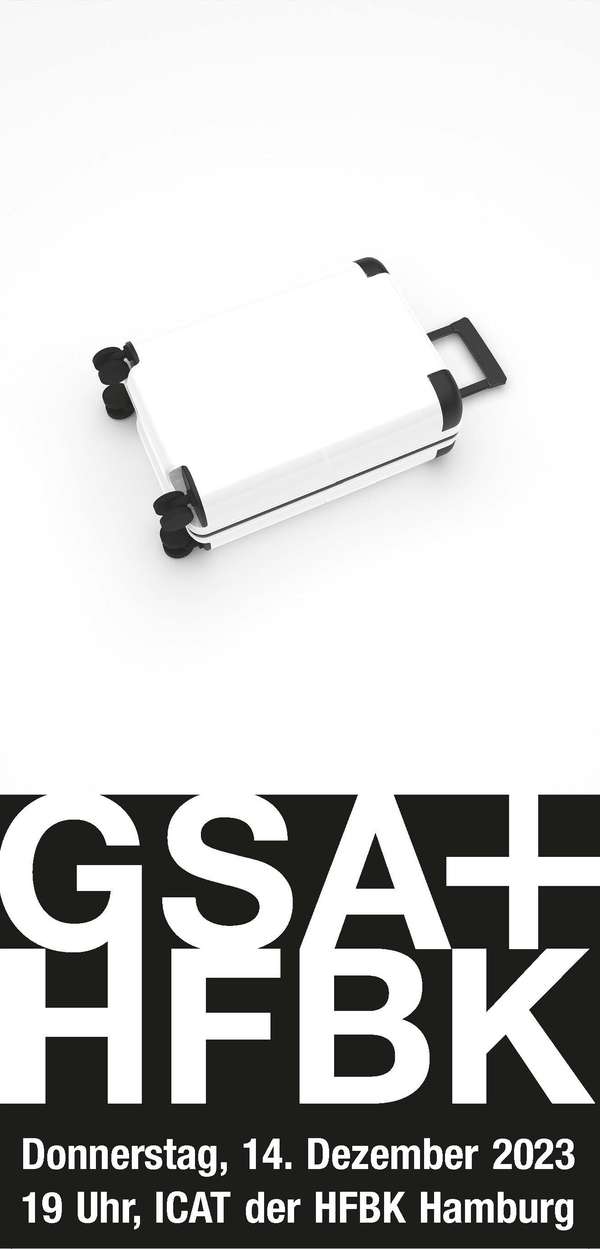





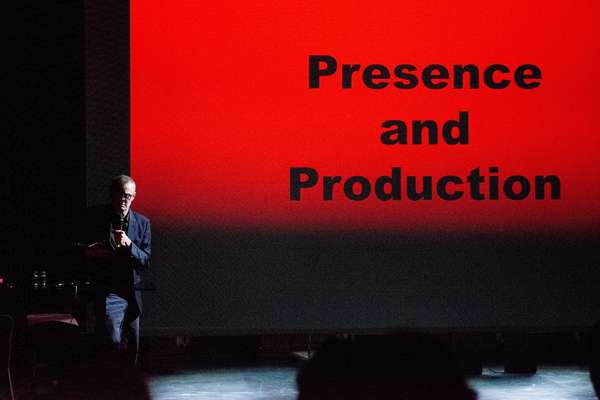



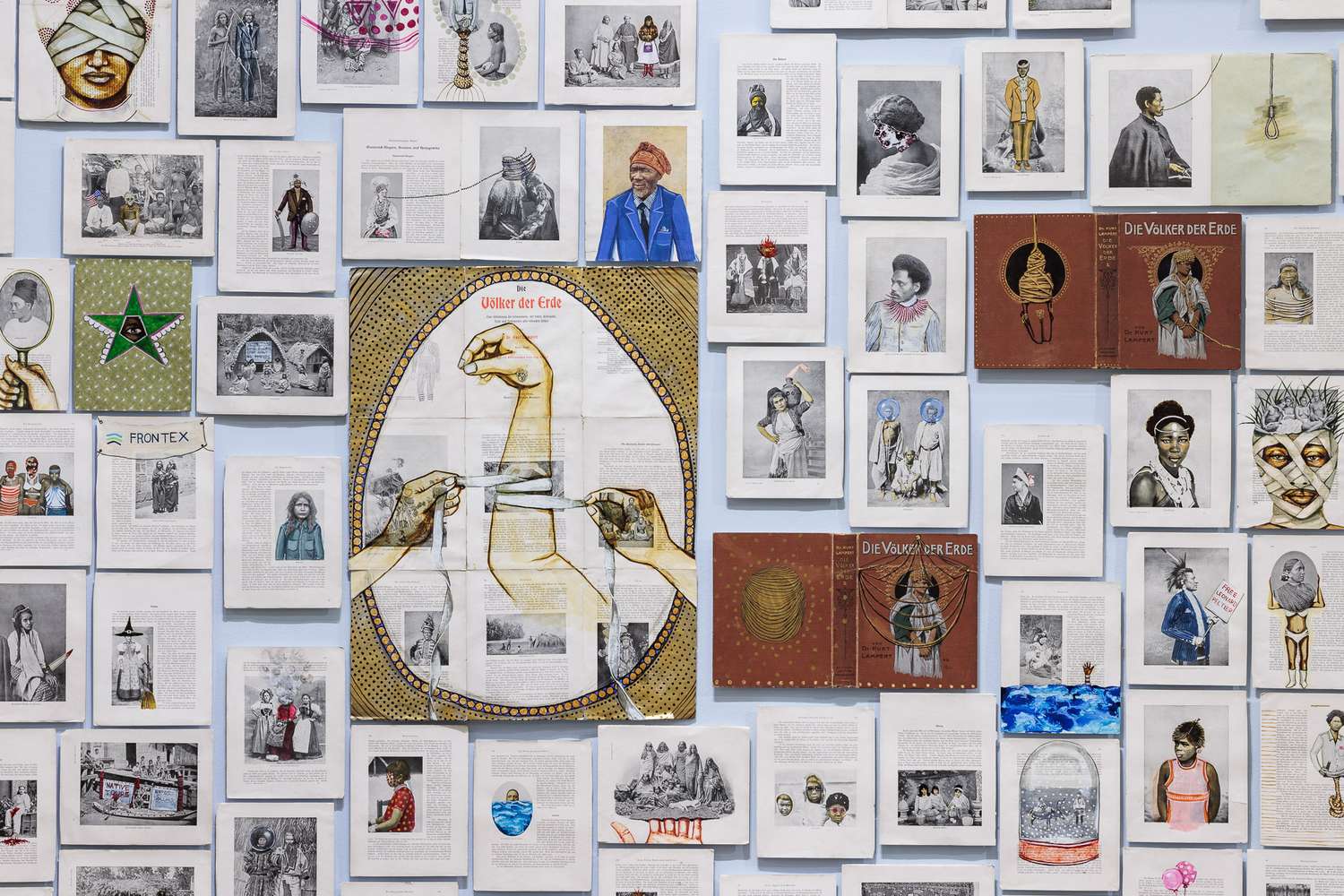
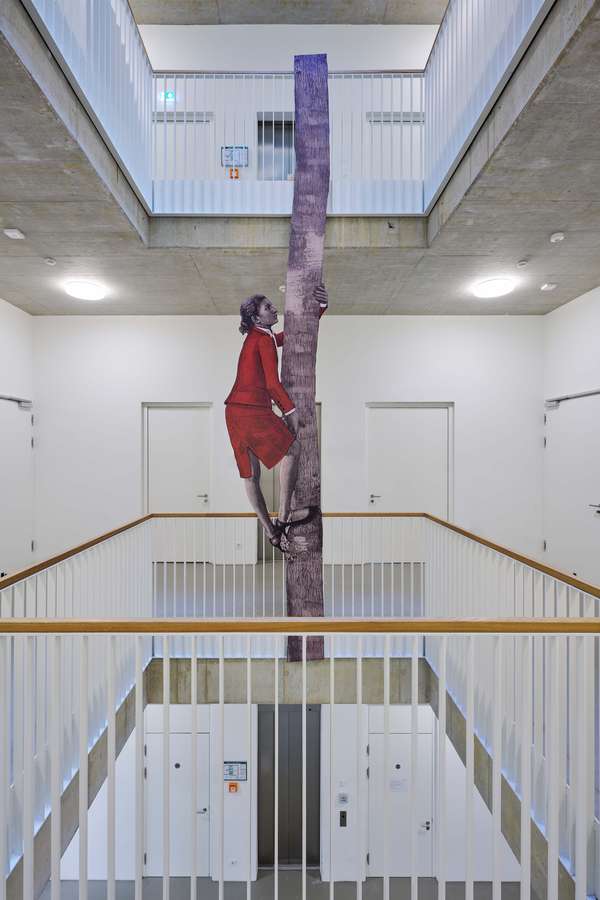








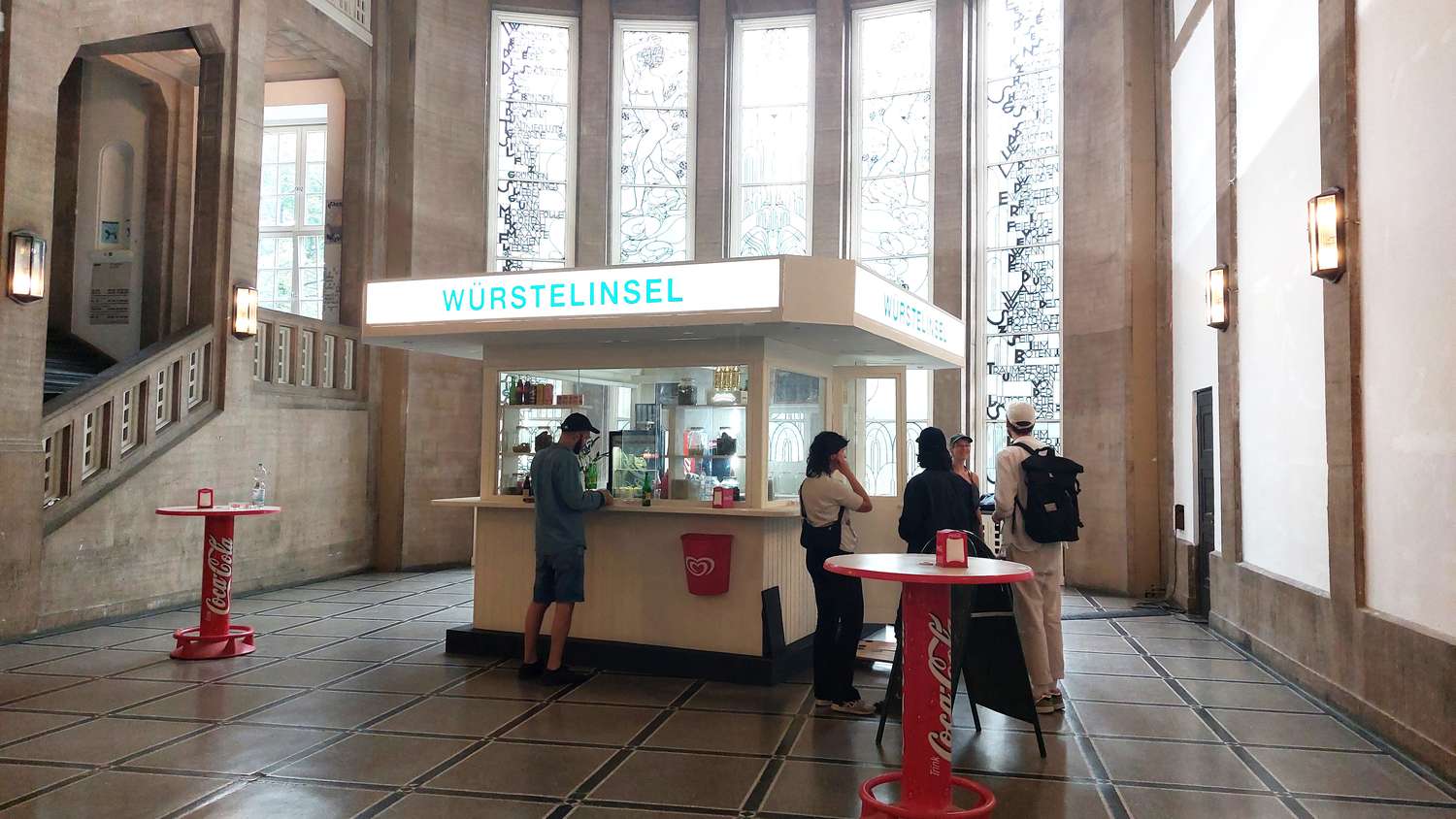


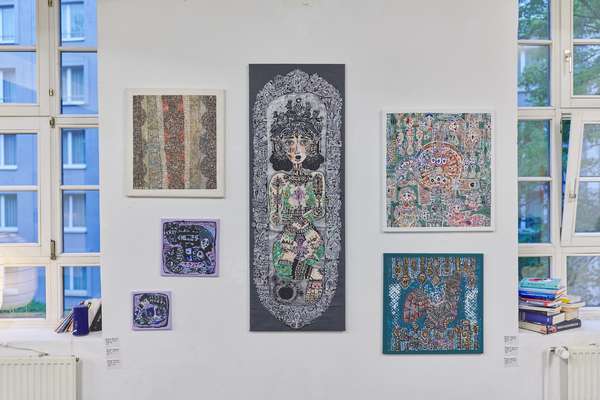




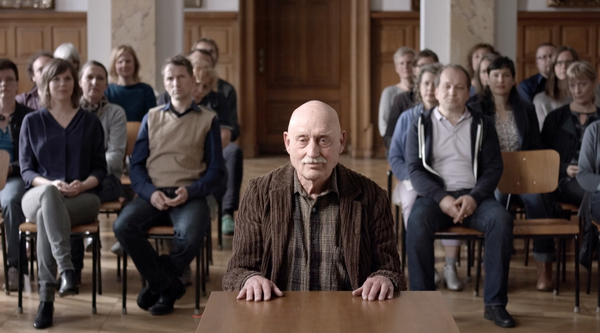


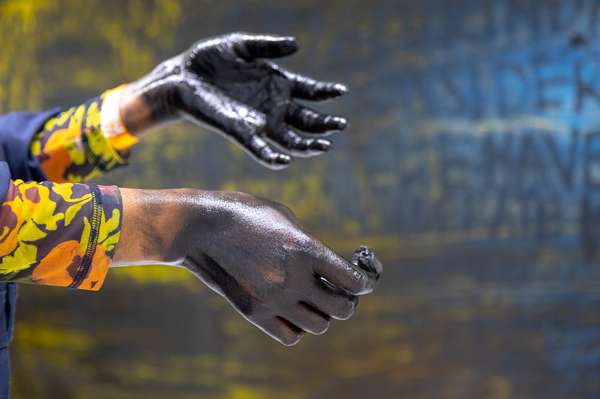




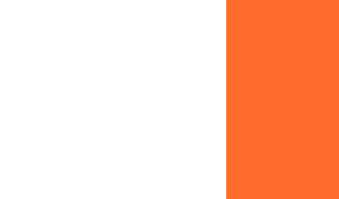
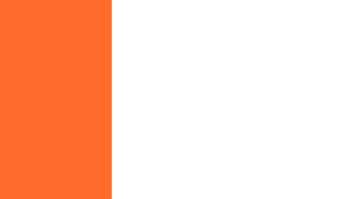


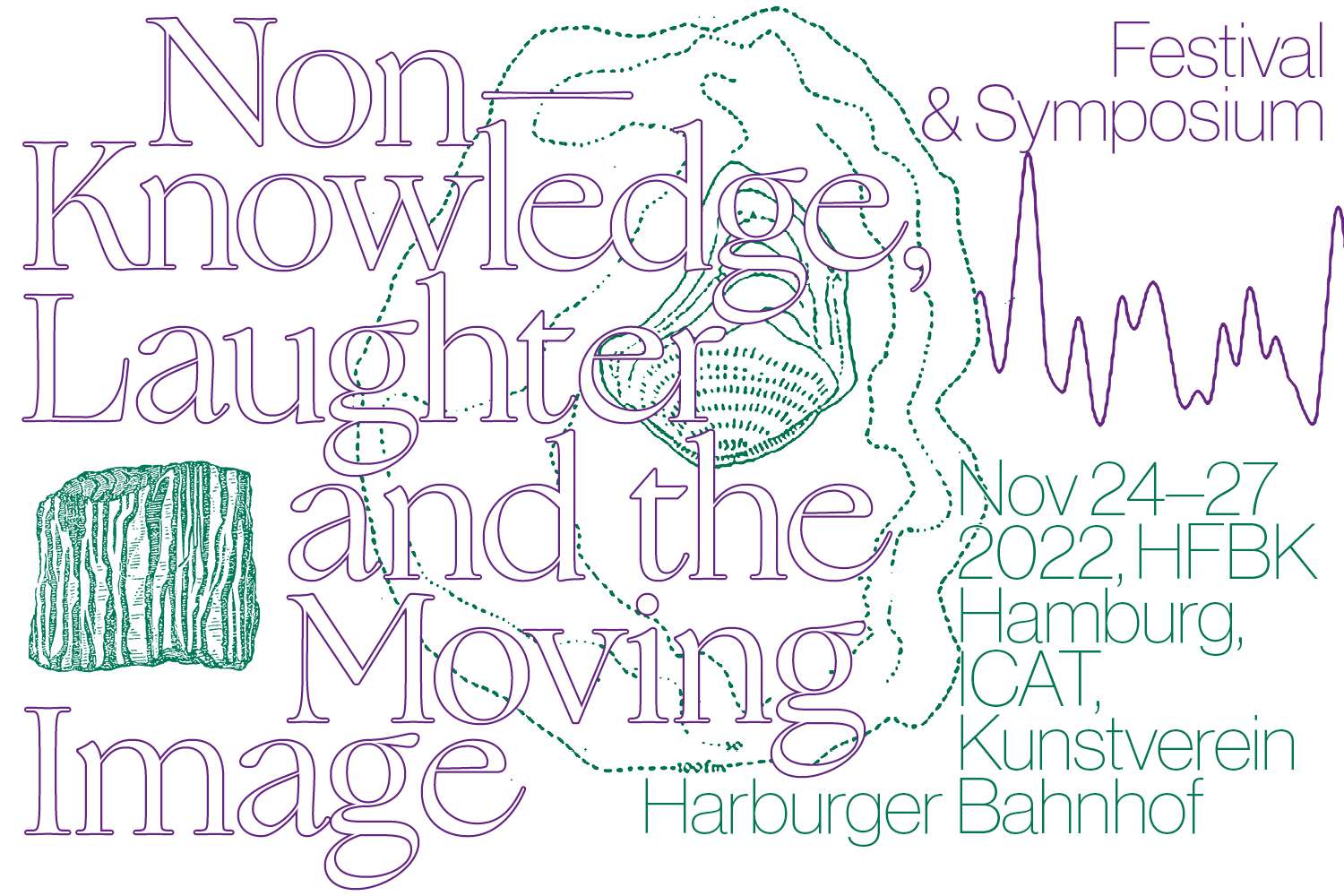






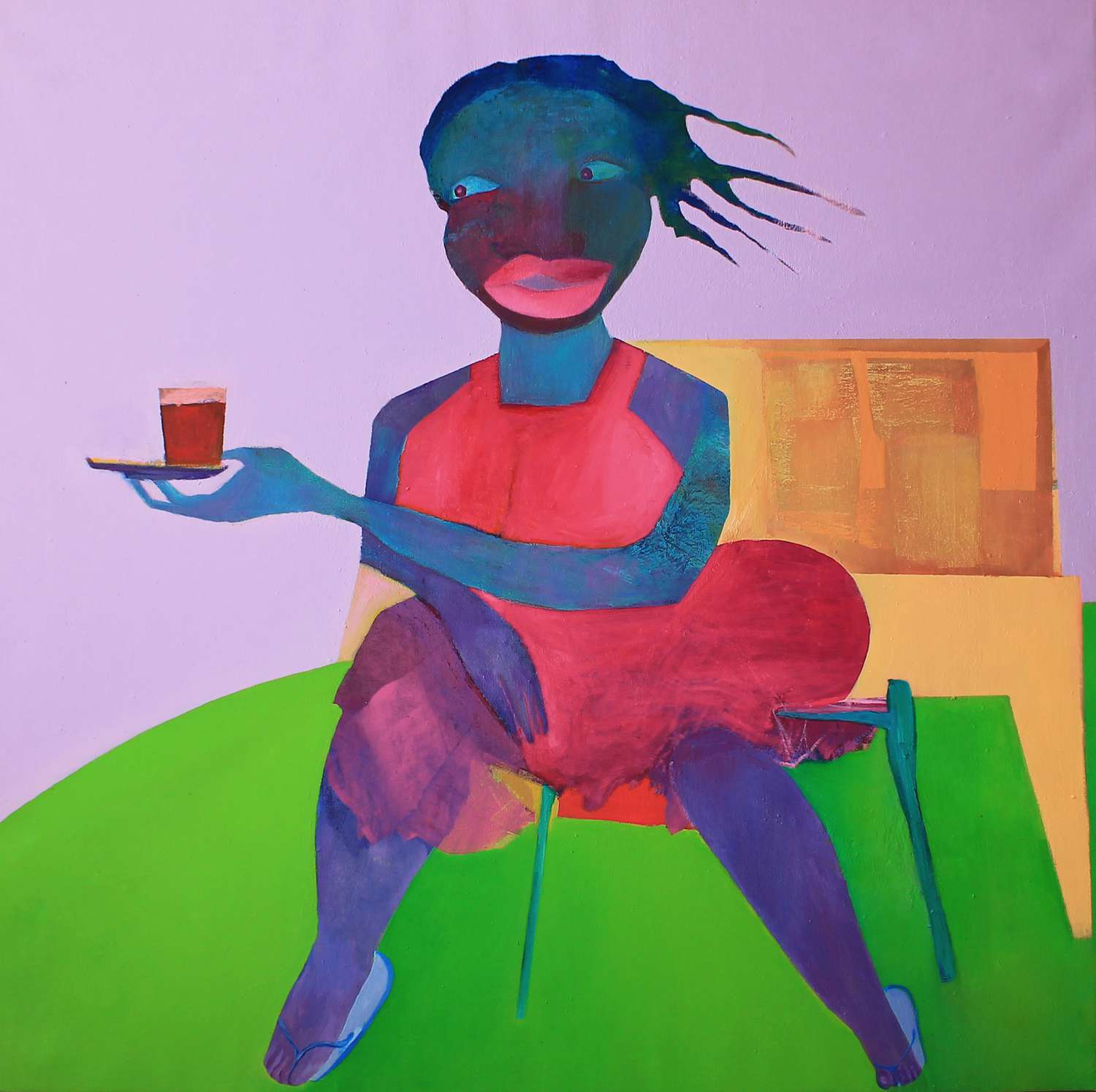
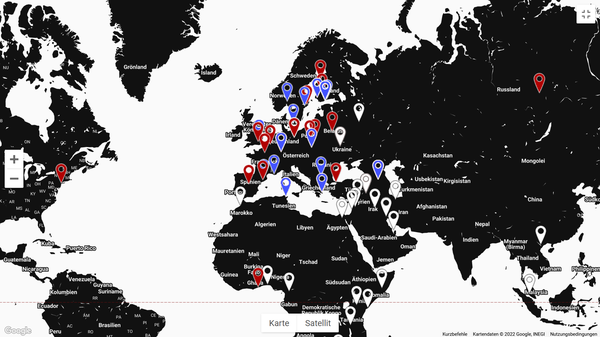
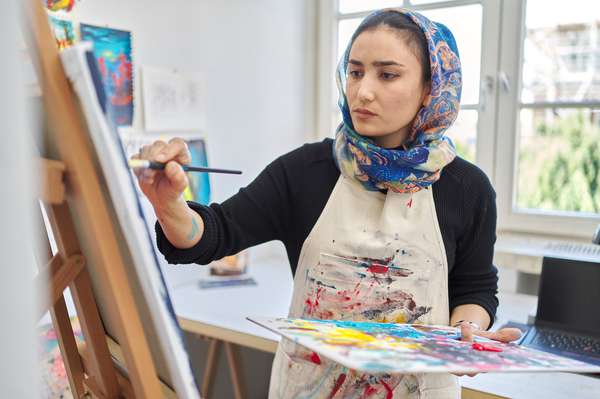









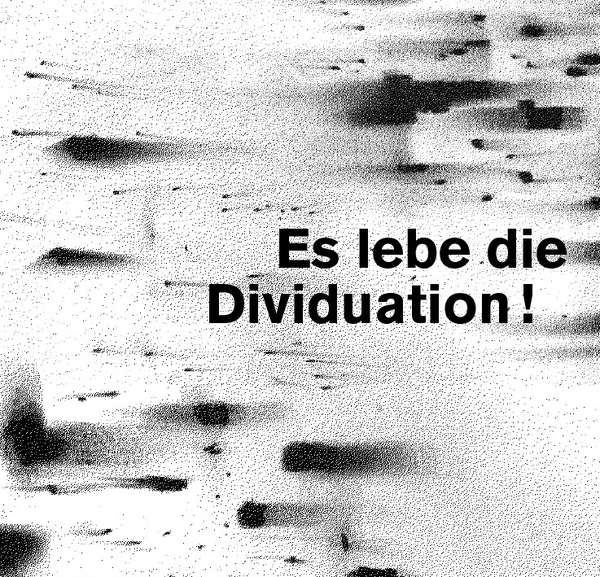





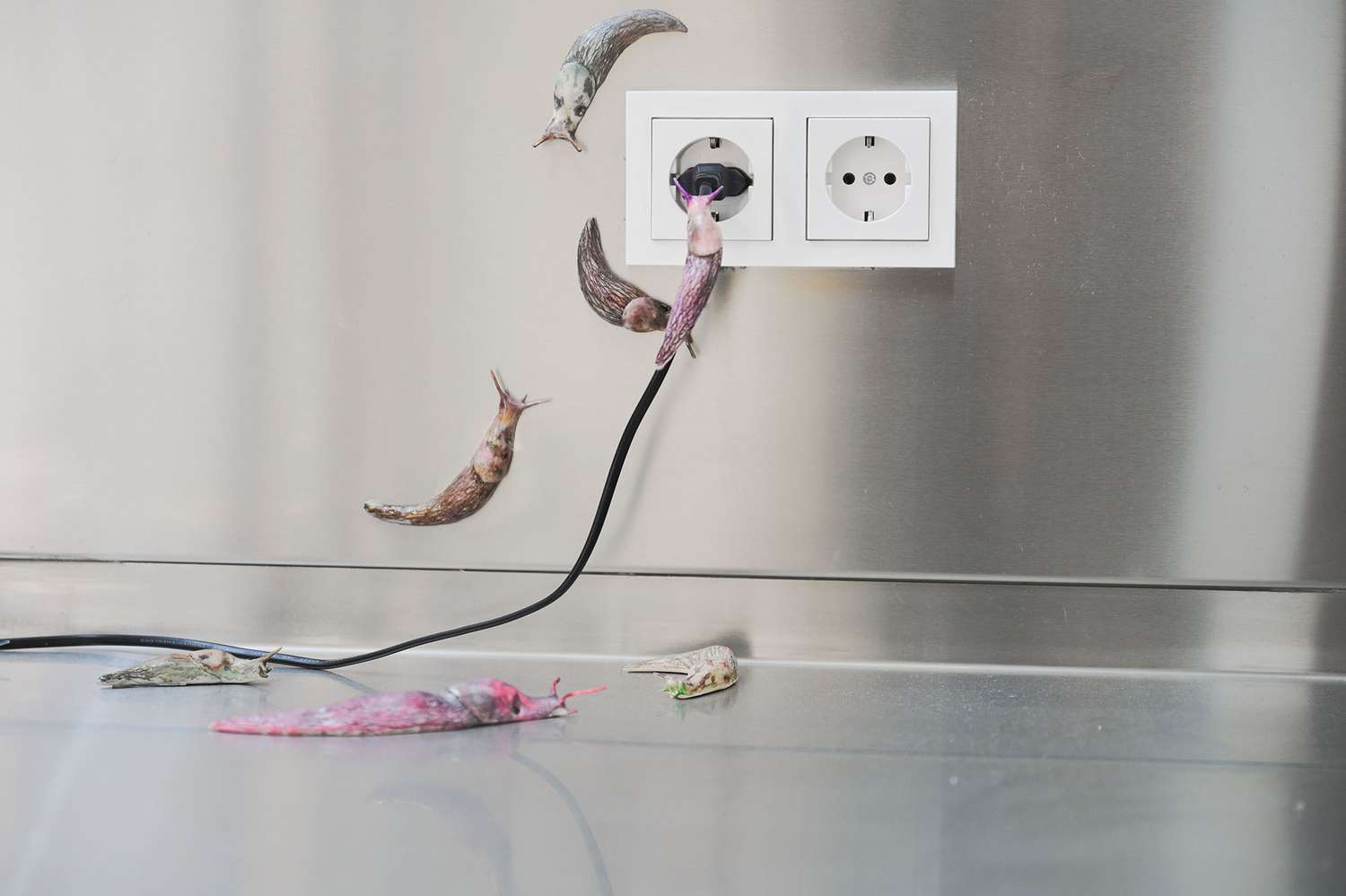


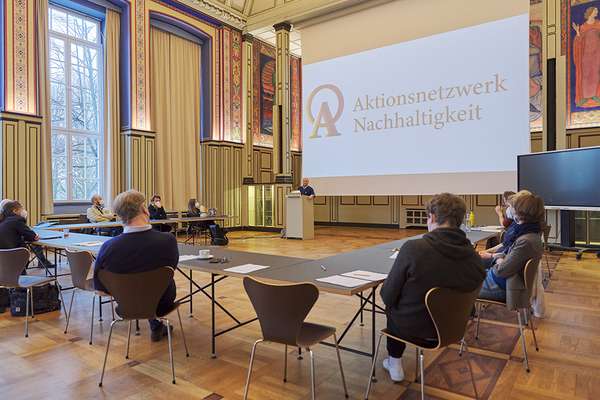






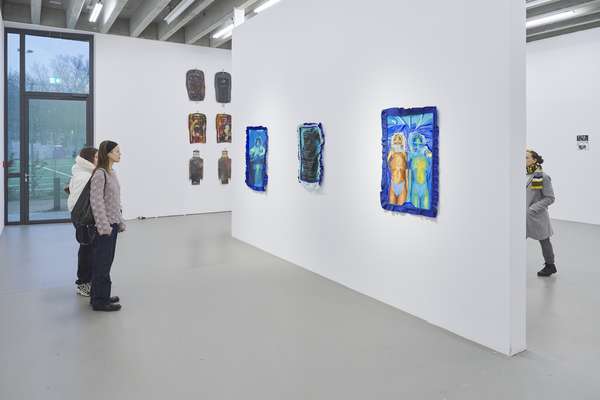








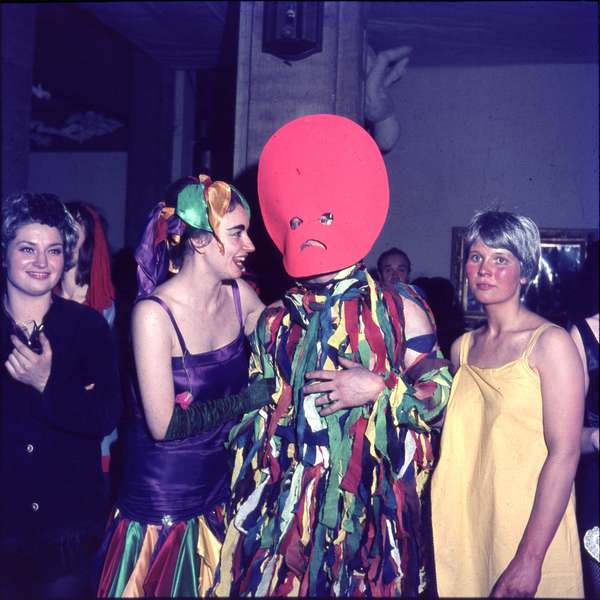

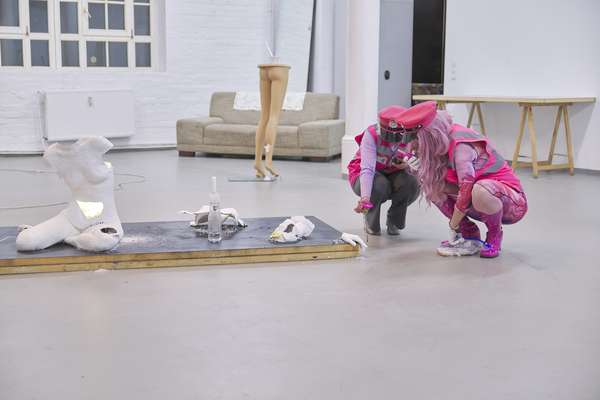



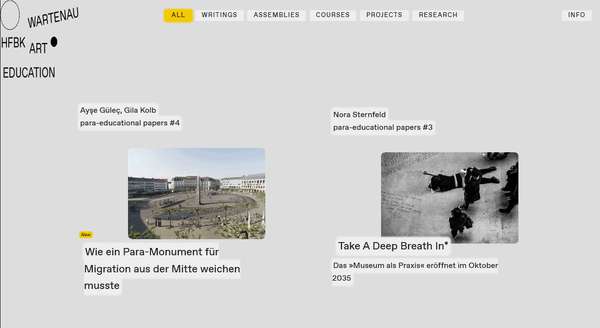

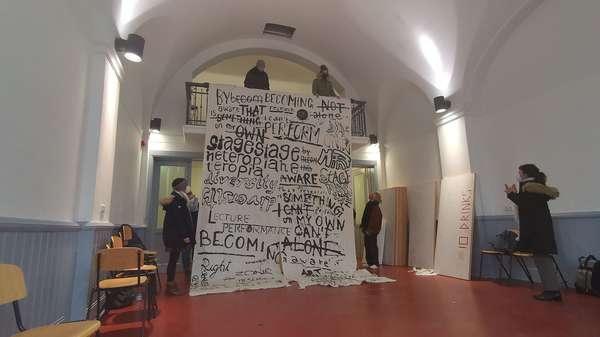
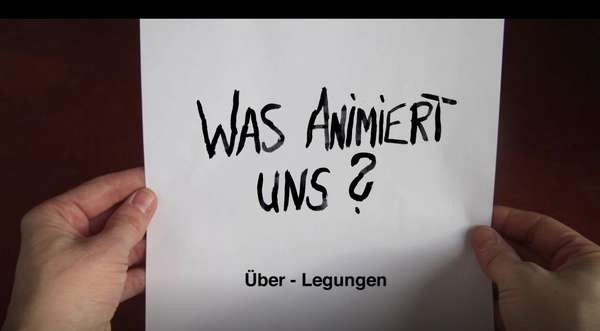
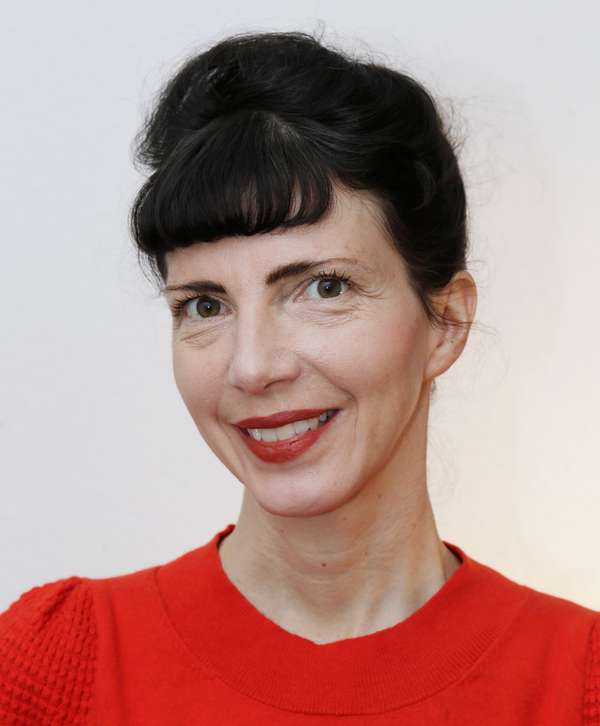
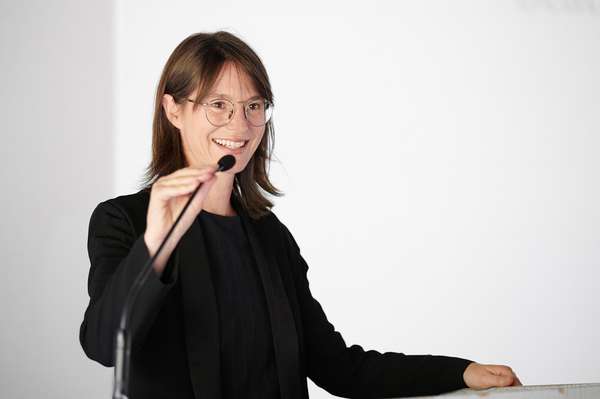

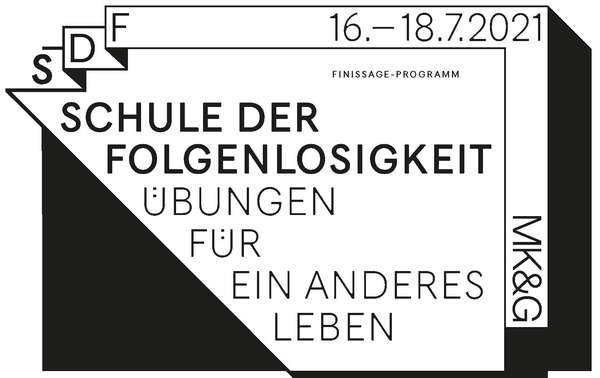


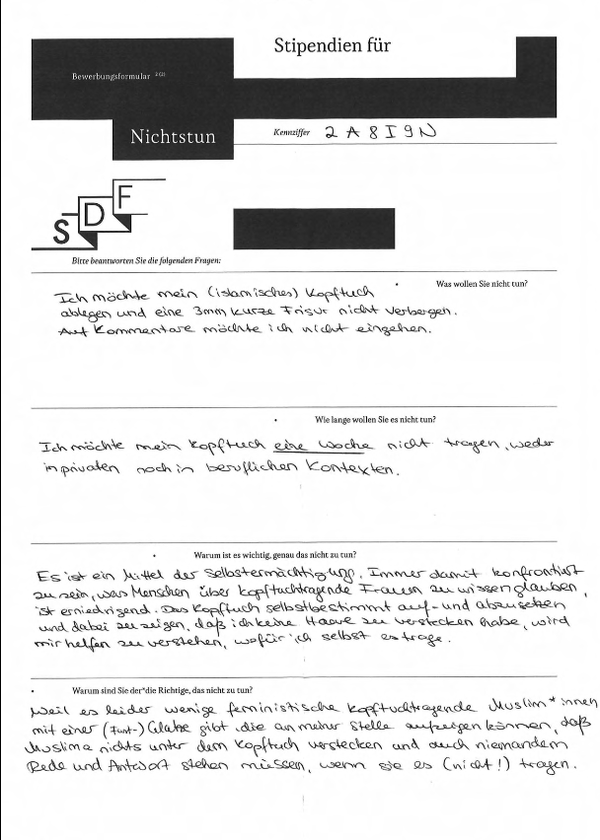









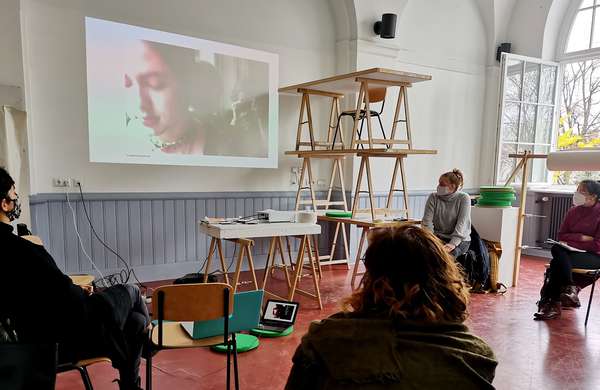





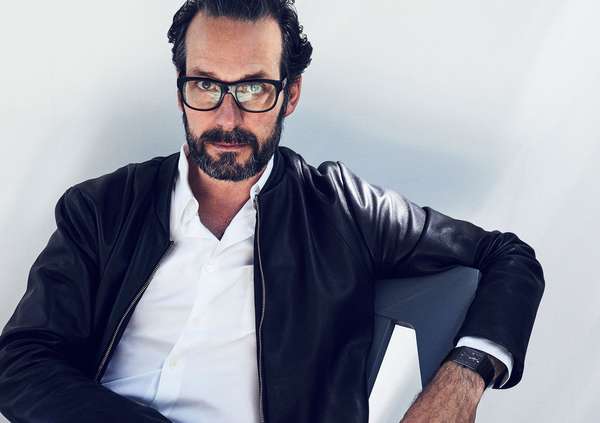

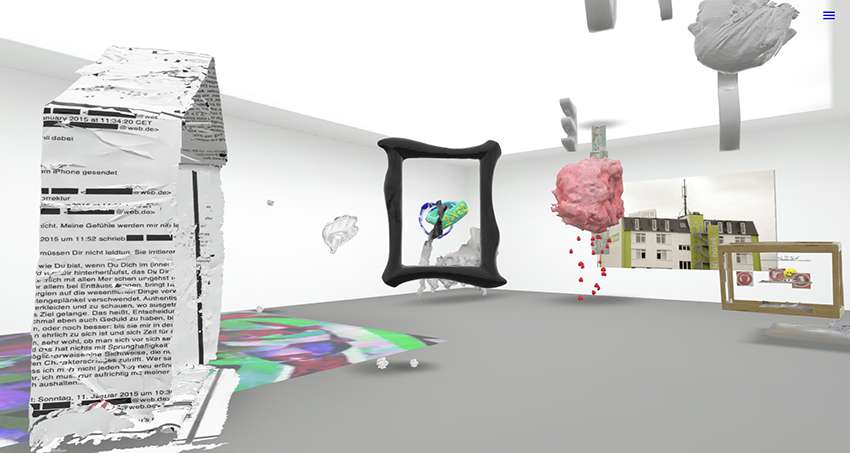

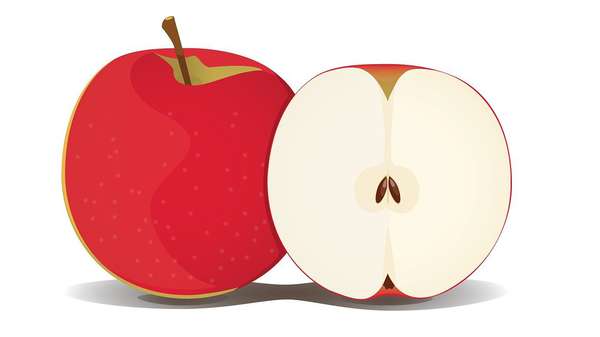

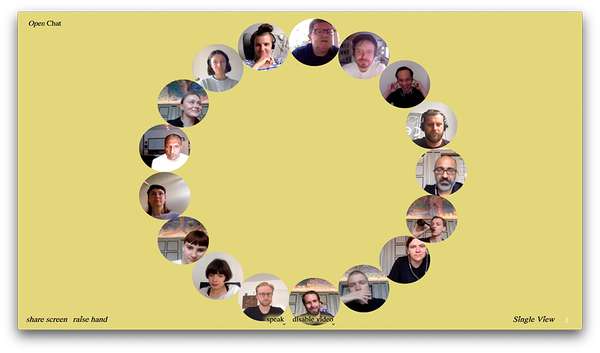

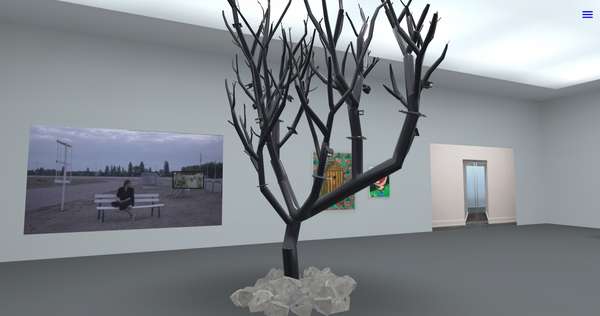









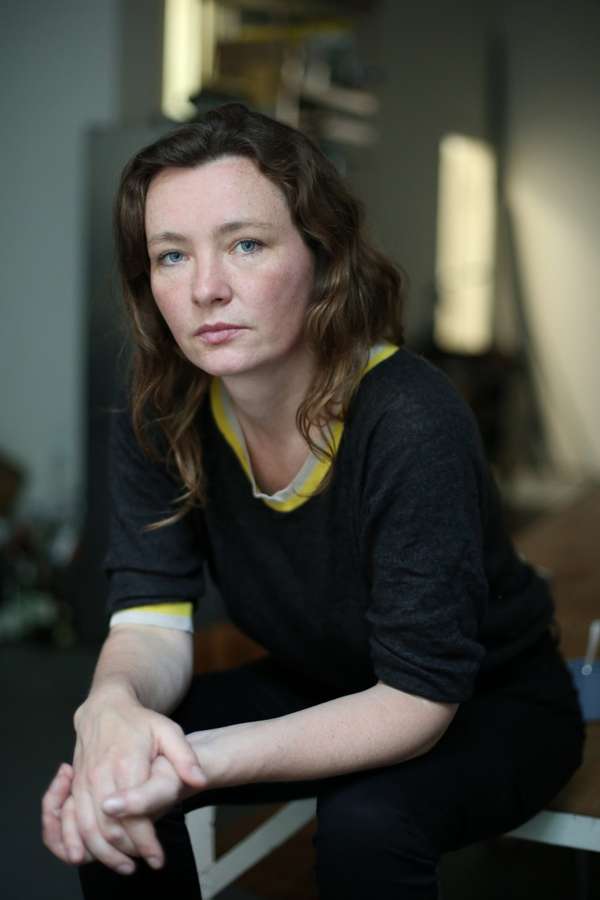

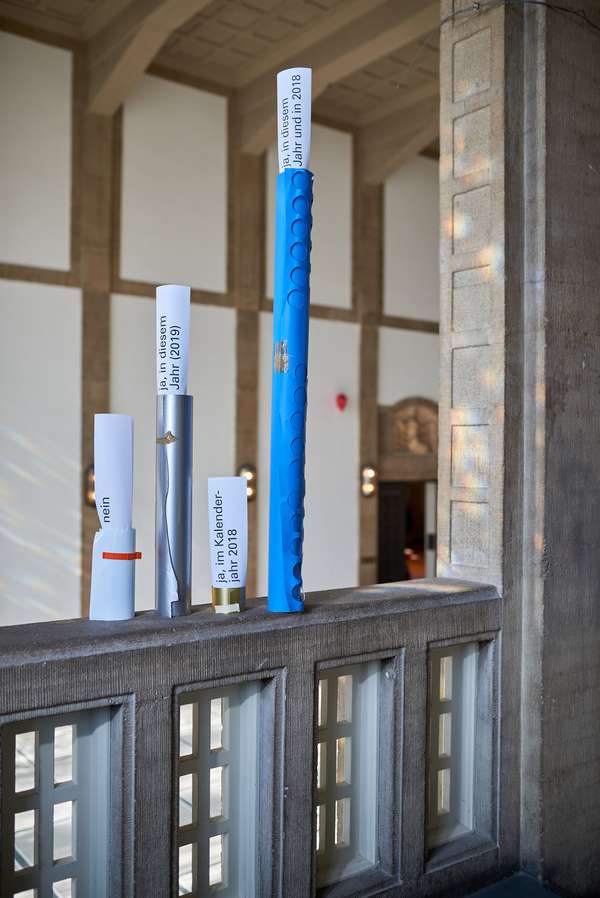



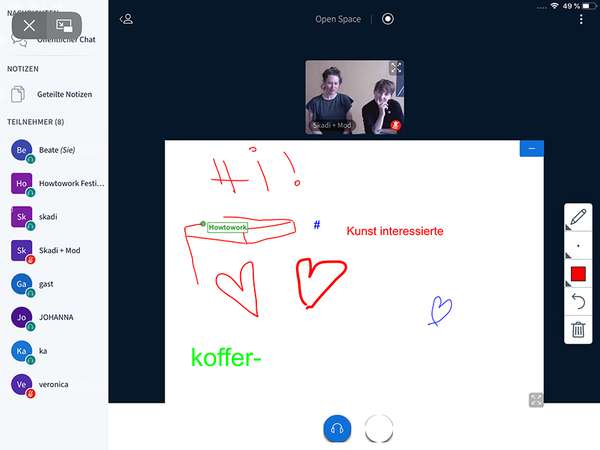
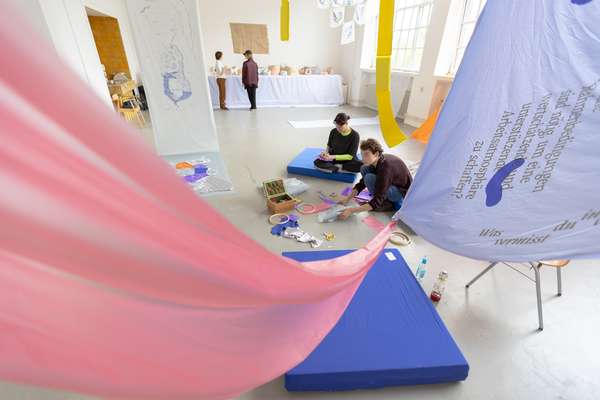

 Graduate Show 2025: Don't stop me now
Graduate Show 2025: Don't stop me now
 Long days, lots to do
Long days, lots to do
 Cine*Ami*es
Cine*Ami*es
 Redesign Democracy – competition for the ballot box of the democratic future
Redesign Democracy – competition for the ballot box of the democratic future
 Art in public space
Art in public space
 How to apply: study at HFBK Hamburg
How to apply: study at HFBK Hamburg
 Annual Exhibition 2025 at the HFBK Hamburg
Annual Exhibition 2025 at the HFBK Hamburg
 The Elephant in The Room – Sculpture today
The Elephant in The Room – Sculpture today
 Hiscox Art Prize 2024
Hiscox Art Prize 2024
 The New Woman
The New Woman
 Doing a PhD at the HFBK Hamburg
Doing a PhD at the HFBK Hamburg
 Graduate Show 2024 - Letting Go
Graduate Show 2024 - Letting Go
 Finkenwerder Art Prize 2024
Finkenwerder Art Prize 2024
 Archives of the Body - The Body in Archiving
Archives of the Body - The Body in Archiving
 New partnership with the School of Arts at the University of Haifa
New partnership with the School of Arts at the University of Haifa
 Annual Exhibition 2024 at the HFBK Hamburg
Annual Exhibition 2024 at the HFBK Hamburg
 (Ex)Changes of / in Art
(Ex)Changes of / in Art
 Extended Libraries
Extended Libraries
 And Still I Rise
And Still I Rise
 Let's talk about language
Let's talk about language
 Graduate Show 2023: Unfinished Business
Graduate Show 2023: Unfinished Business
 Let`s work together
Let`s work together
 Annual Exhibition 2023 at HFBK Hamburg
Annual Exhibition 2023 at HFBK Hamburg
 Symposium: Controversy over documenta fifteen
Symposium: Controversy over documenta fifteen
 Festival and Symposium: Non-Knowledge, Laughter and the Moving Image
Festival and Symposium: Non-Knowledge, Laughter and the Moving Image
 Solo exhibition by Konstantin Grcic
Solo exhibition by Konstantin Grcic
 Art and war
Art and war
 Graduate Show 2022: We’ve Only Just Begun
Graduate Show 2022: We’ve Only Just Begun
 June is full of art and theory
June is full of art and theory
 Finkenwerder Art Prize 2022
Finkenwerder Art Prize 2022
 Nachhaltigkeit im Kontext von Kunst und Kunsthochschule
Nachhaltigkeit im Kontext von Kunst und Kunsthochschule
 Raum für die Kunst
Raum für die Kunst
 Annual Exhibition 2022 at the HFBK
Annual Exhibition 2022 at the HFBK
 Conference: Counter-Monuments and Para-Monuments.
Conference: Counter-Monuments and Para-Monuments.
 Diversity
Diversity
 Live und in Farbe: die ASA Open Studios im Juni 2021
Live und in Farbe: die ASA Open Studios im Juni 2021
 Unlearning: Wartenau Assemblies
Unlearning: Wartenau Assemblies
 School of No Consequences
School of No Consequences
 Annual Exhibition 2021 at the HFBK
Annual Exhibition 2021 at the HFBK
 Semestereröffnung und Hiscox-Preisverleihung 2020
Semestereröffnung und Hiscox-Preisverleihung 2020
 Teaching Art Online at the HFBK
Teaching Art Online at the HFBK
 HFBK Graduate Survey
HFBK Graduate Survey
 How political is Social Design?
How political is Social Design?